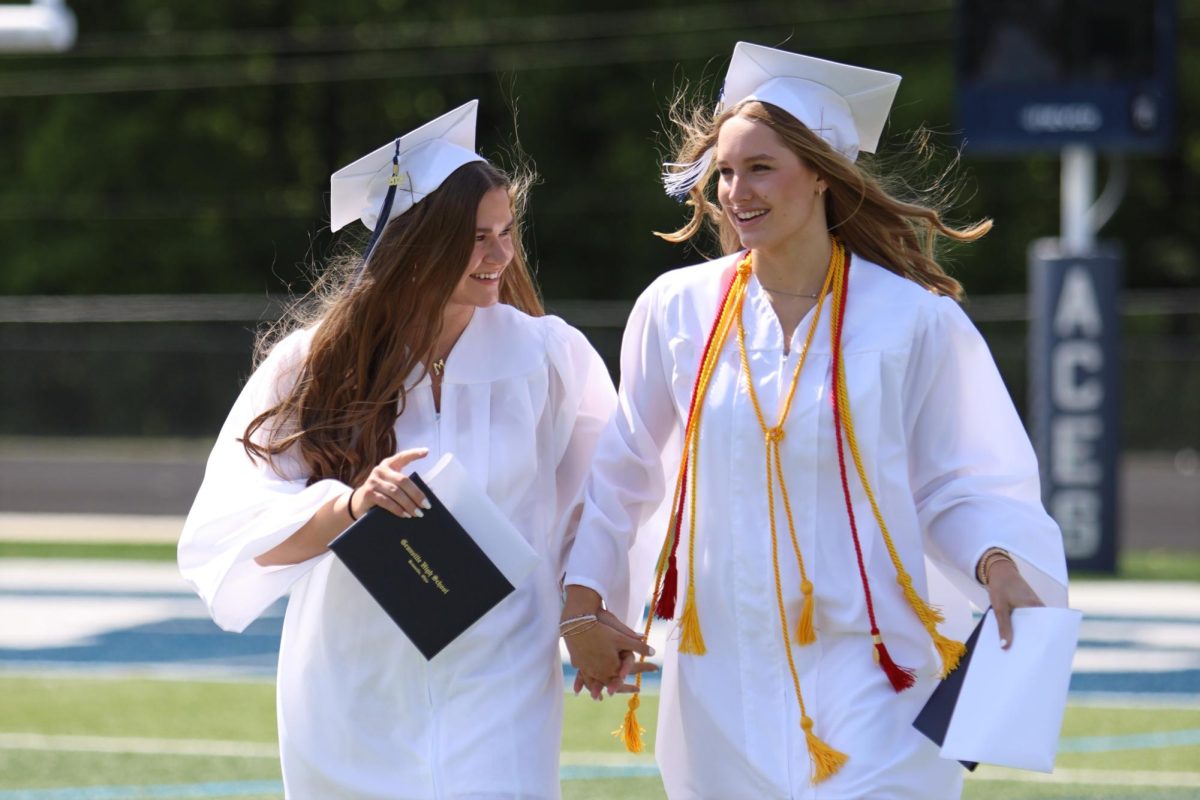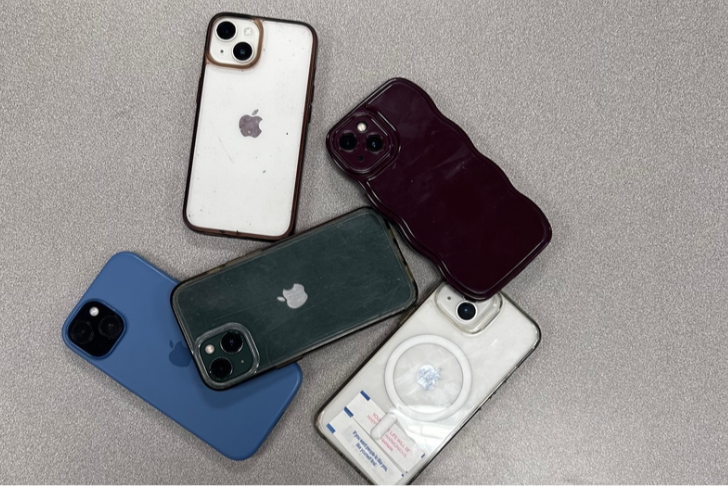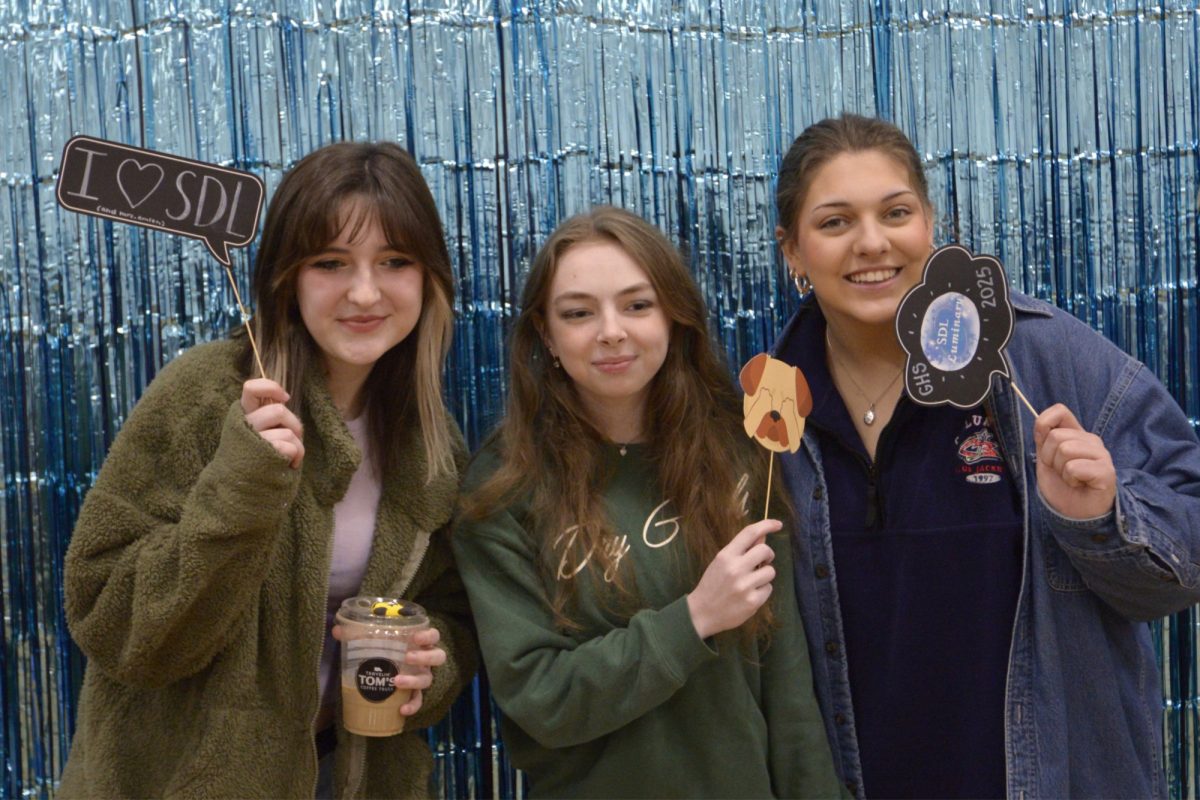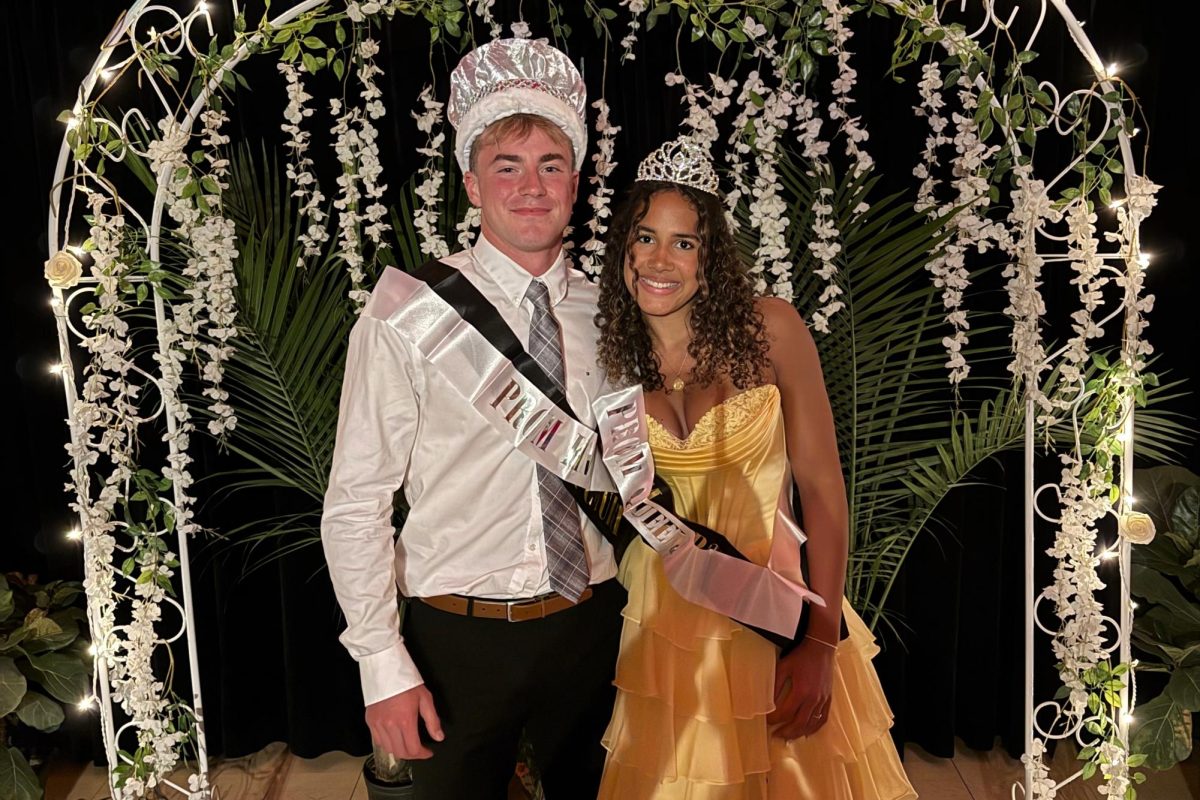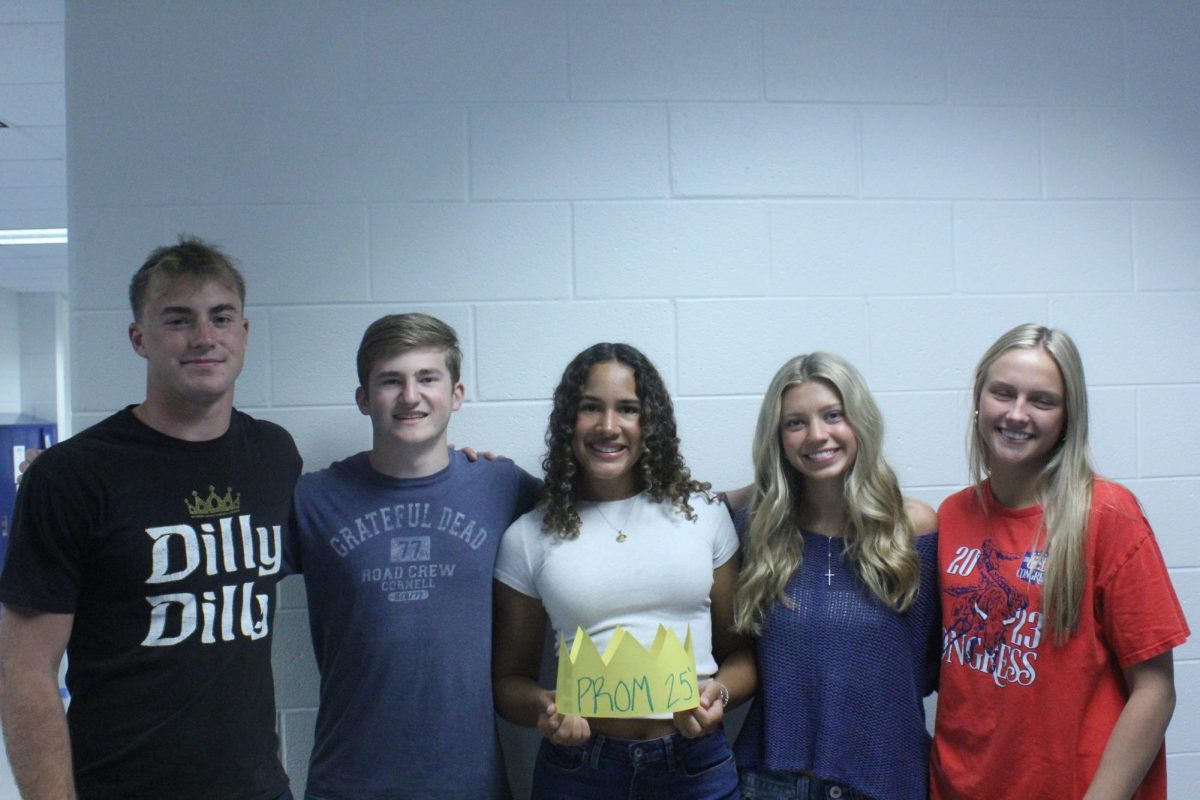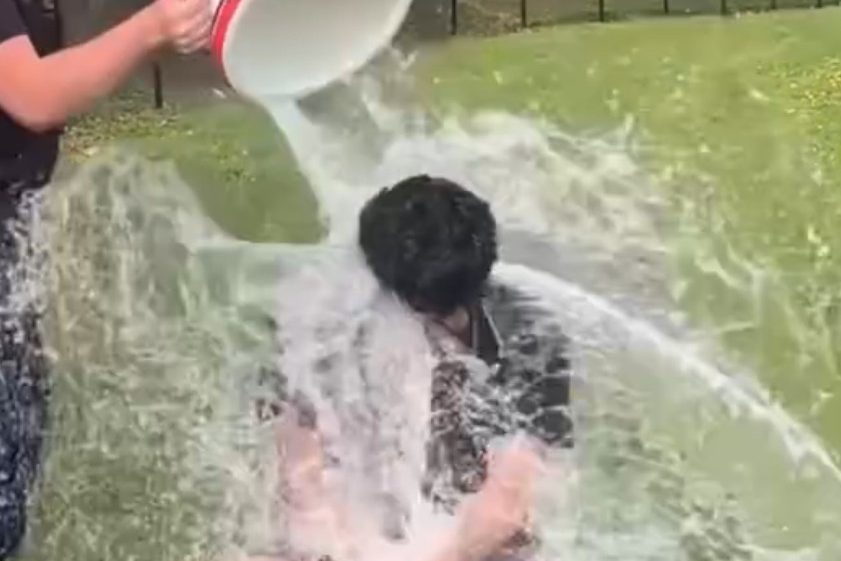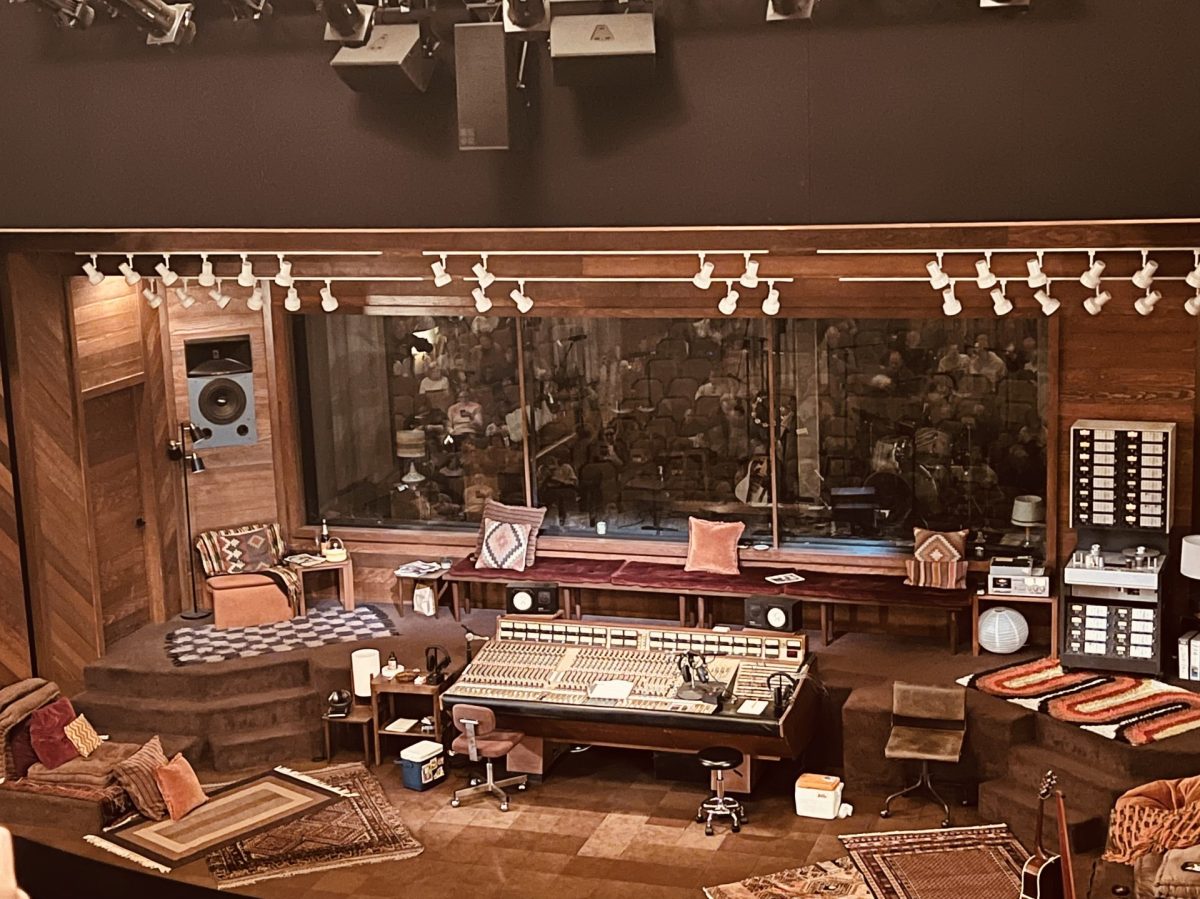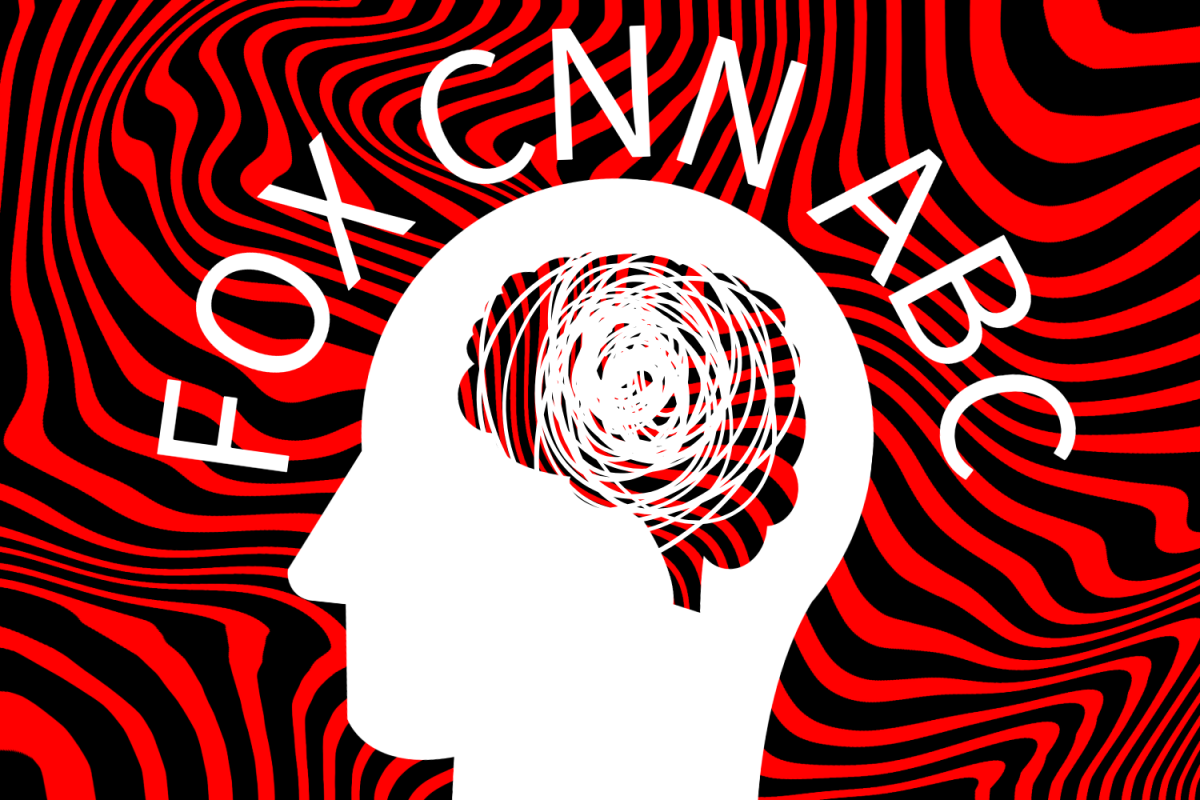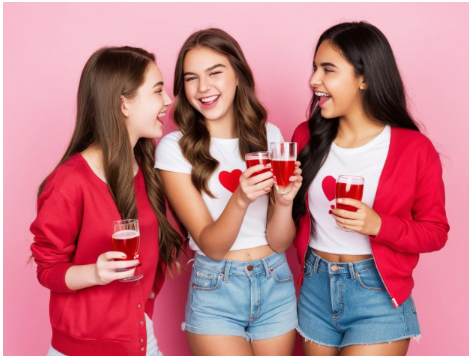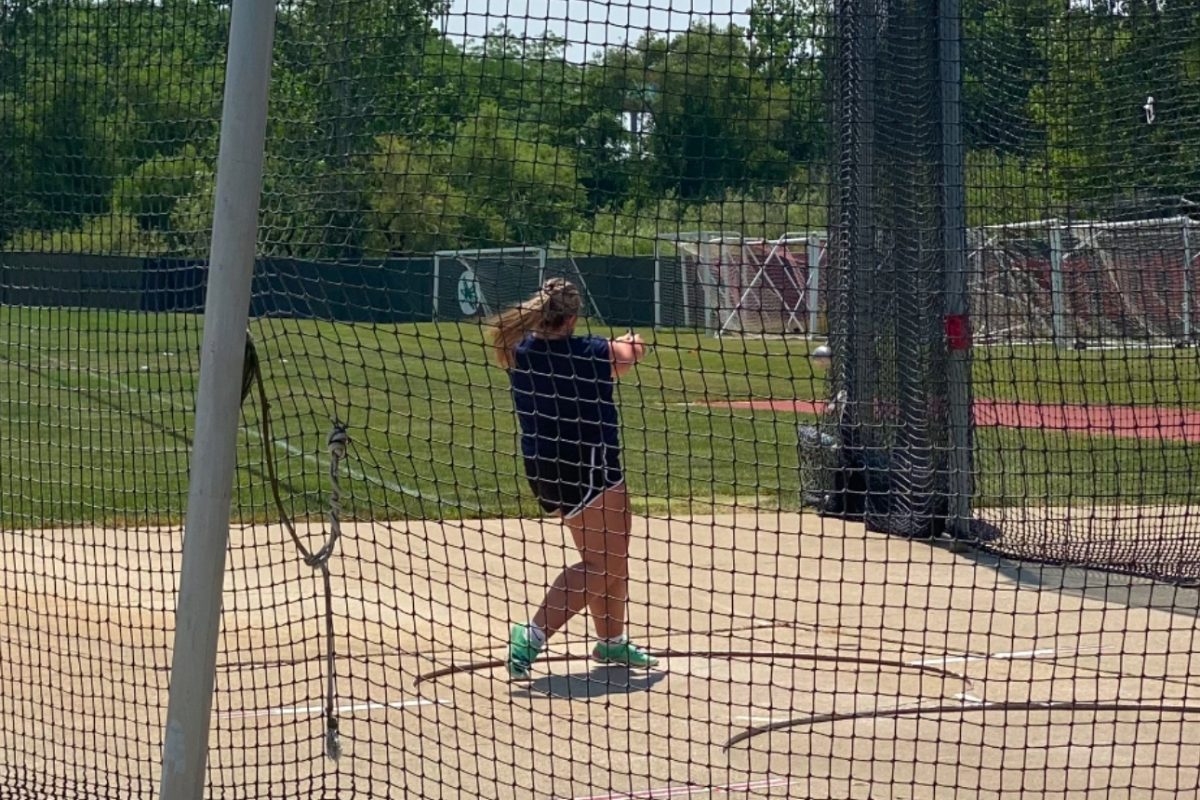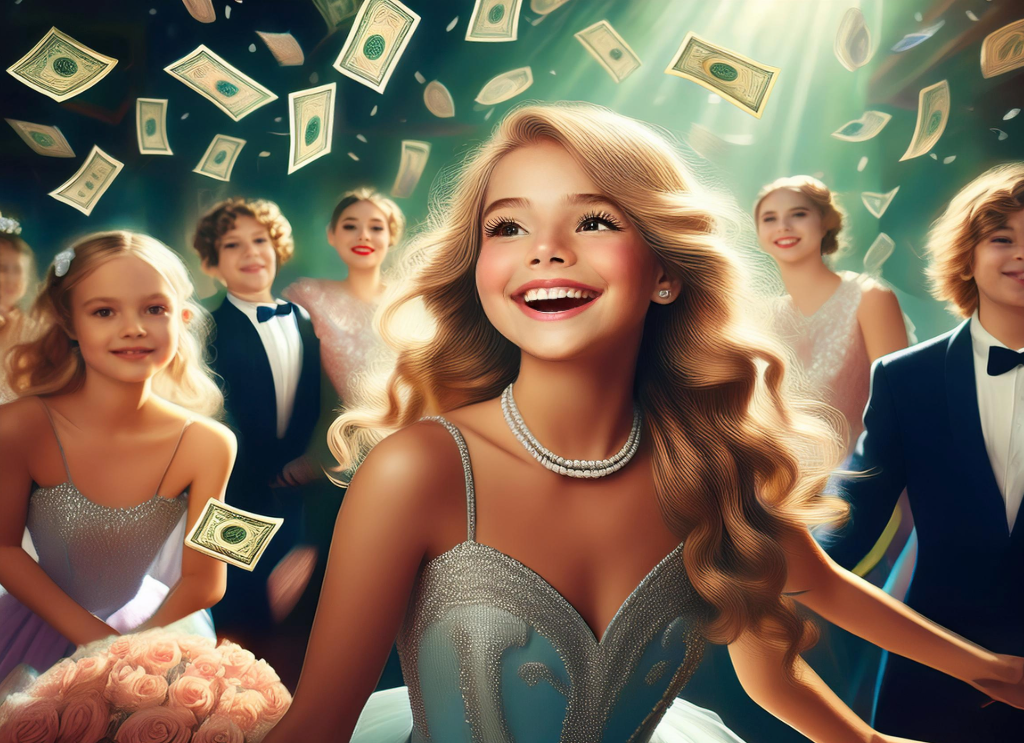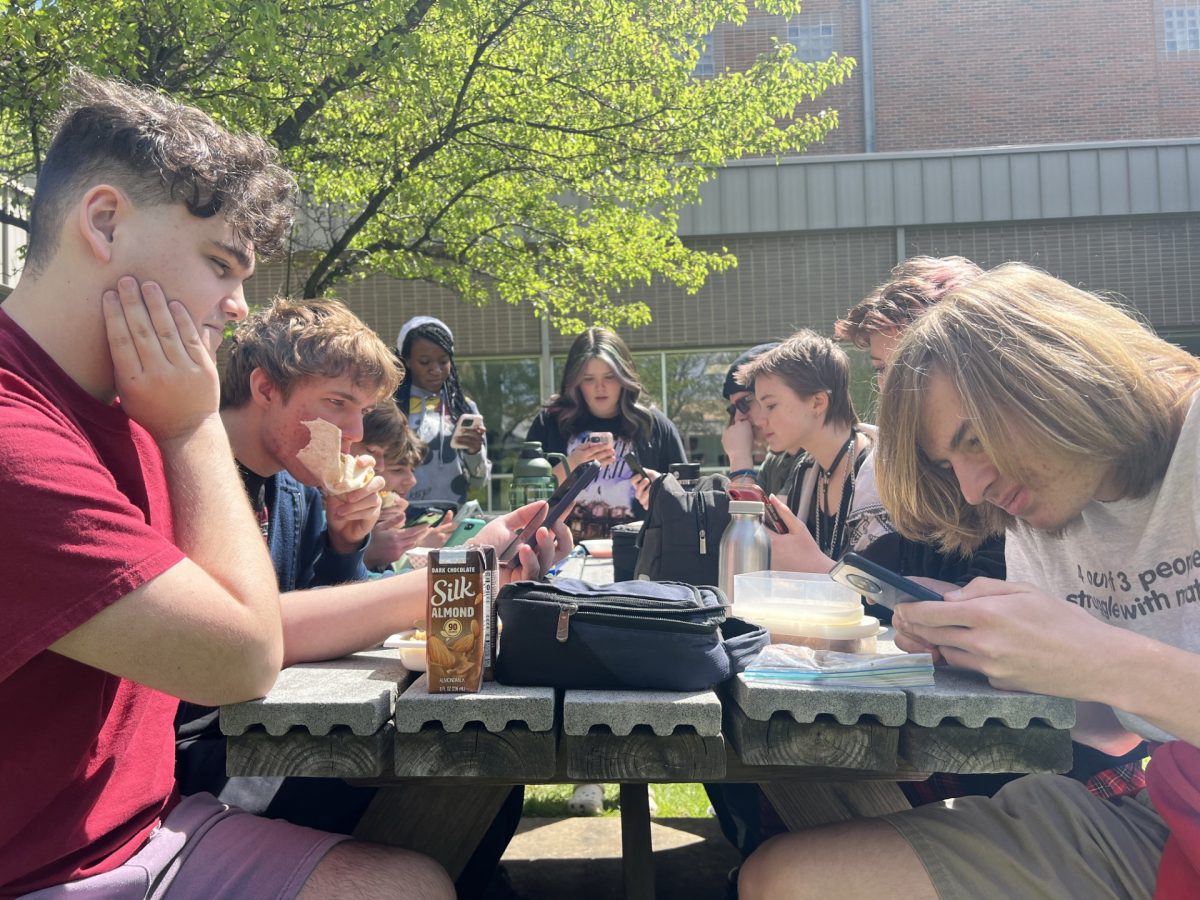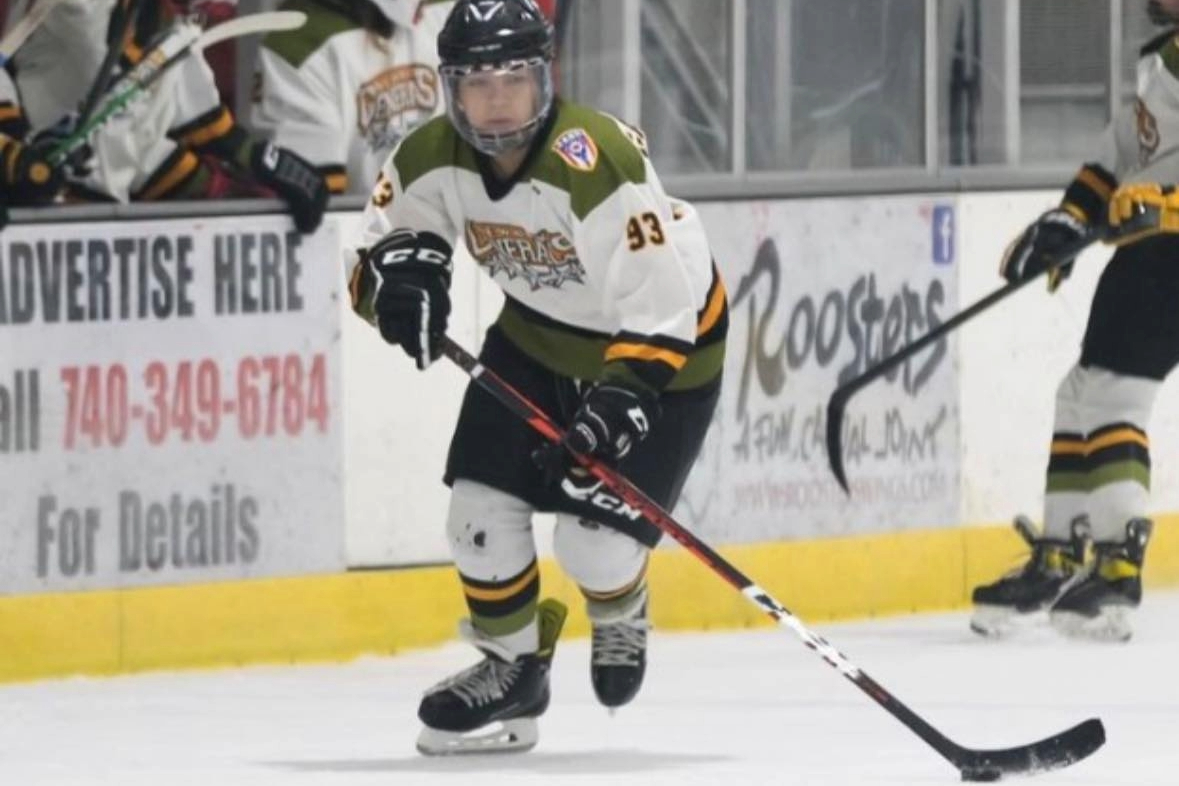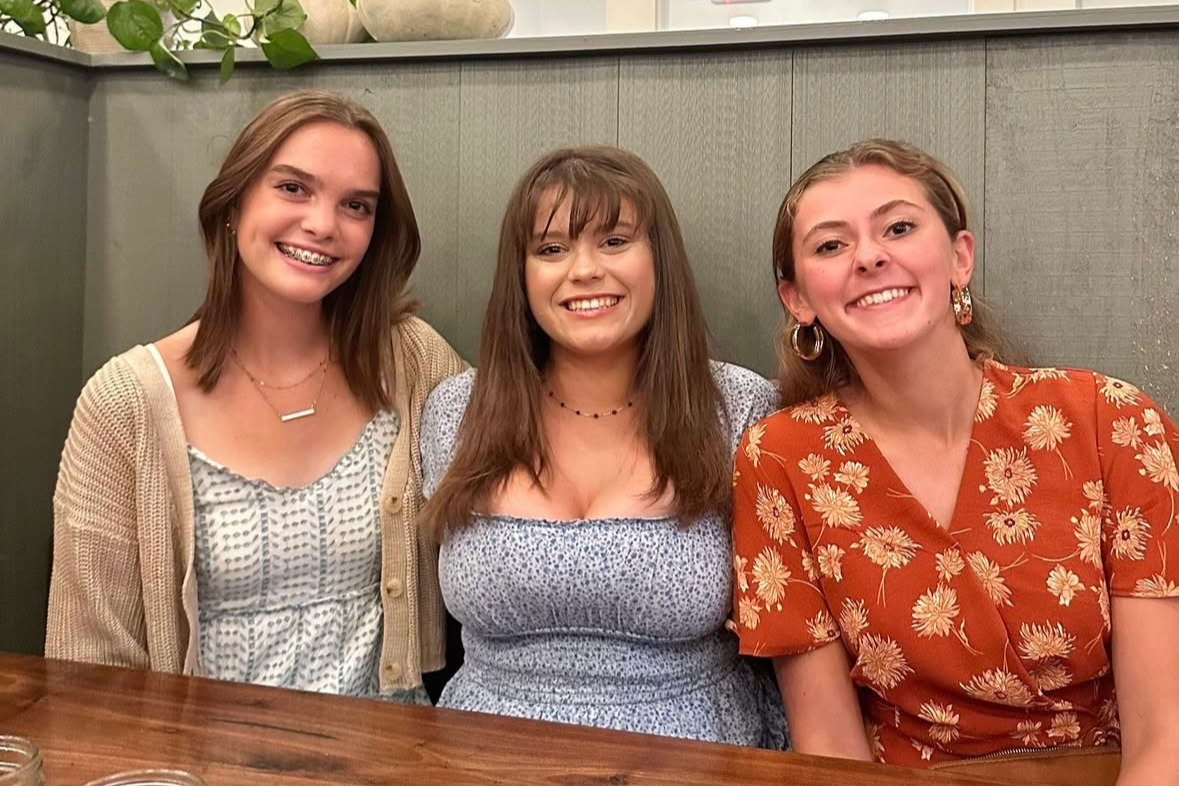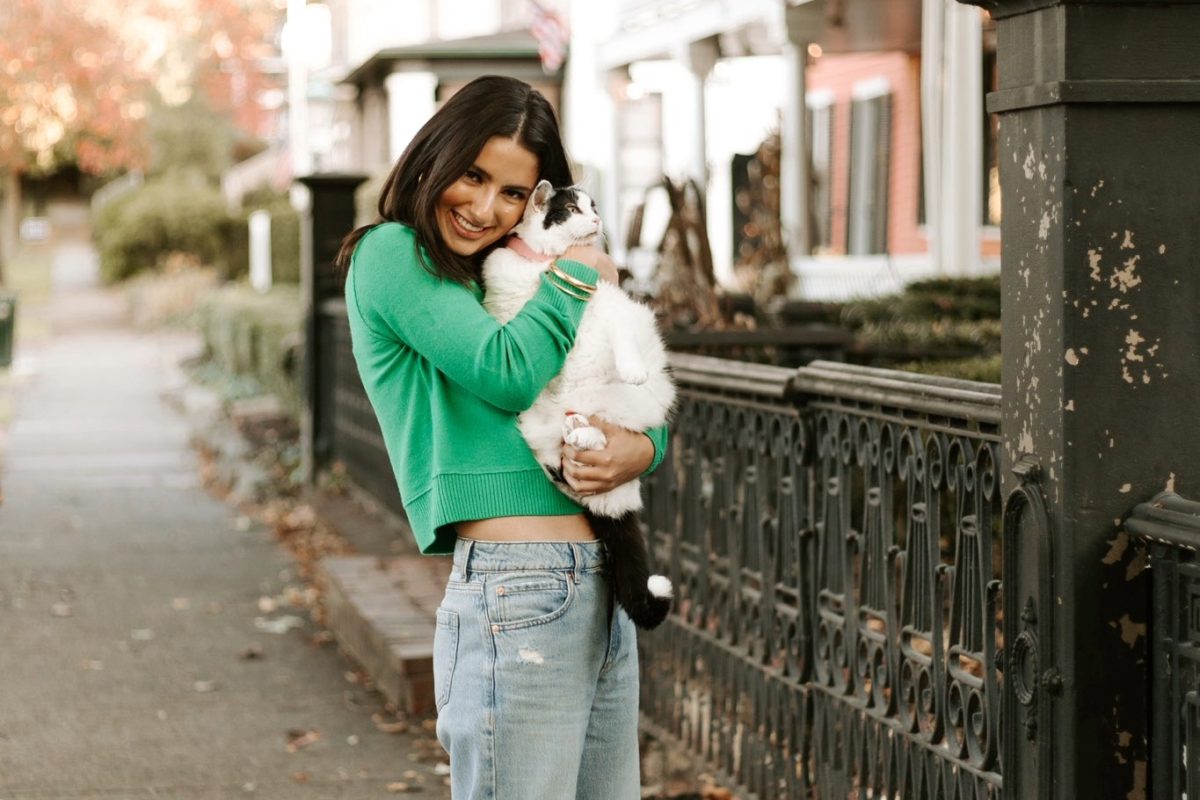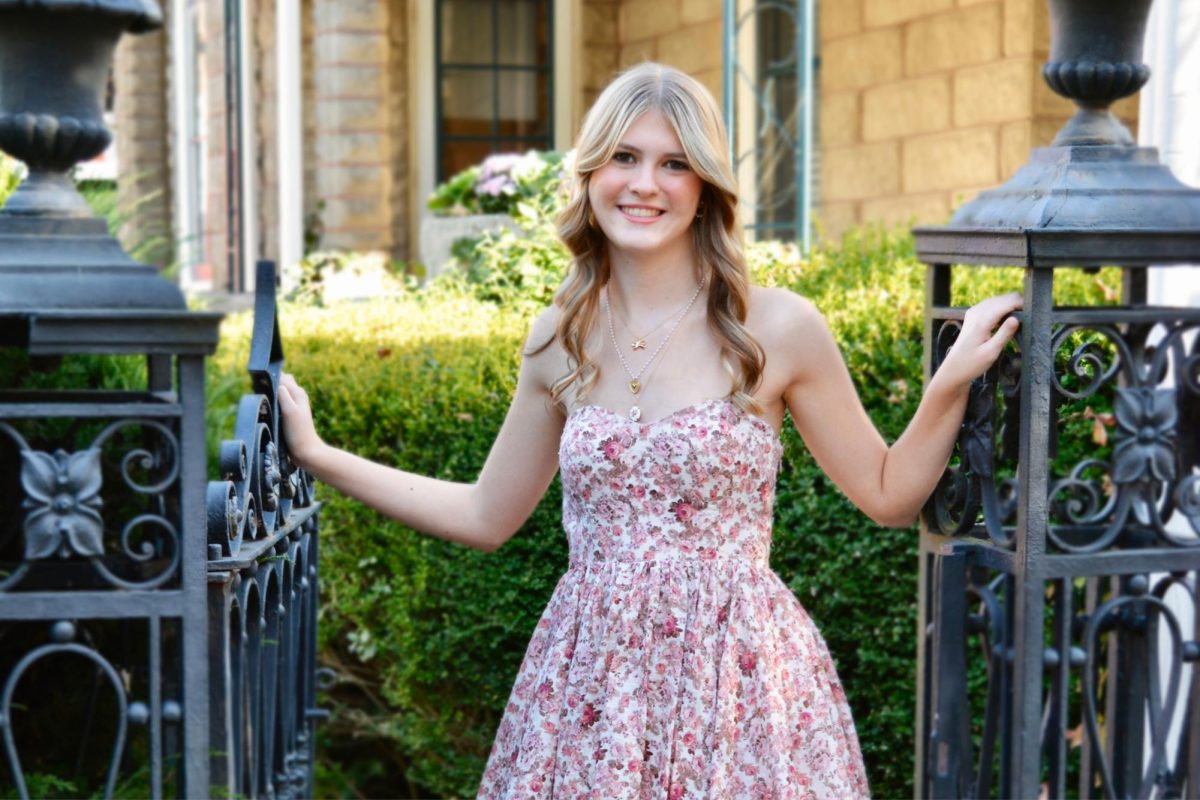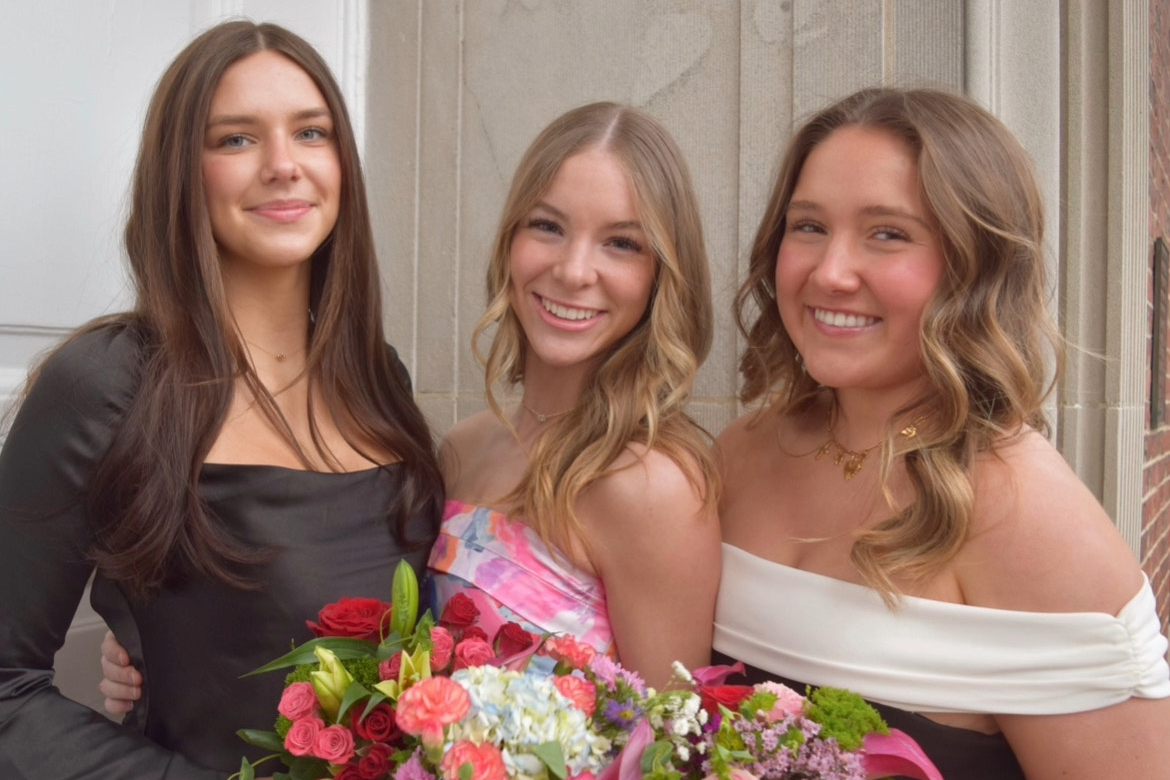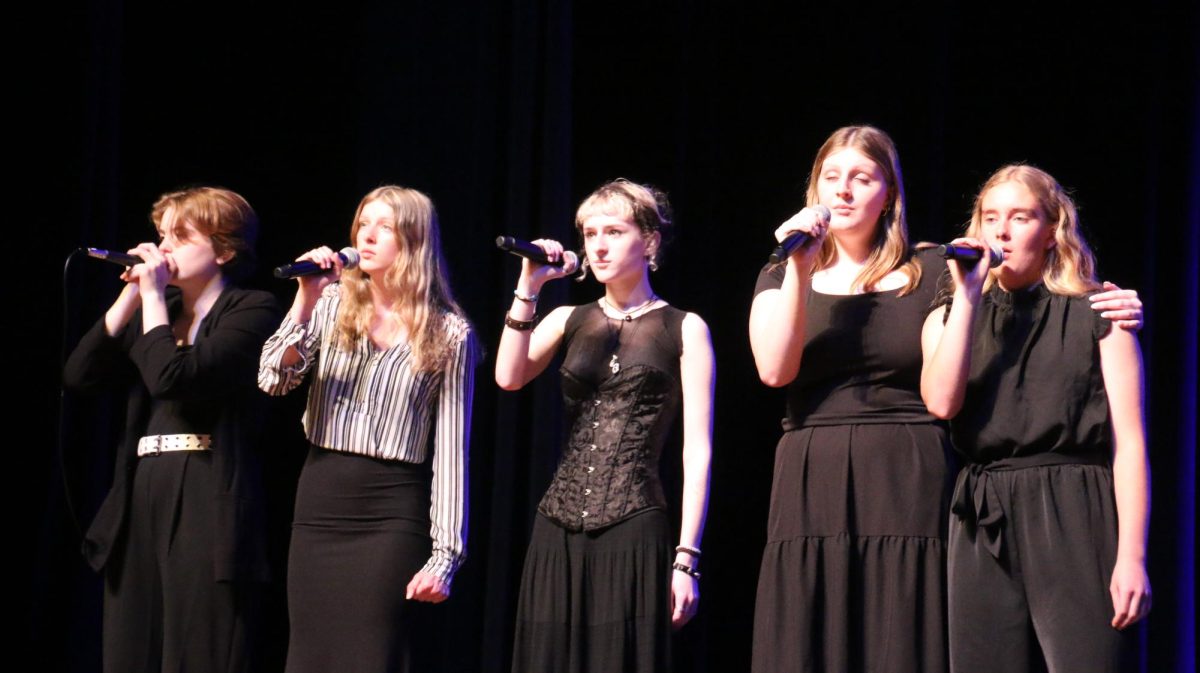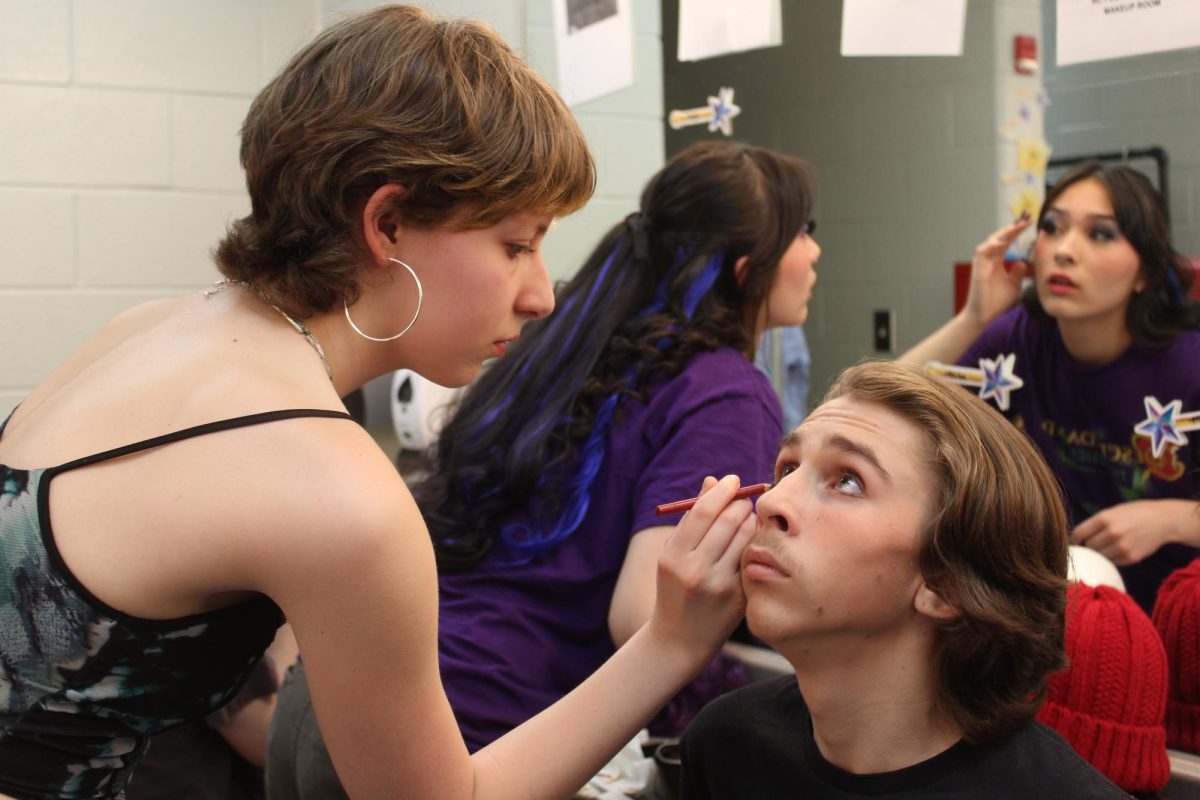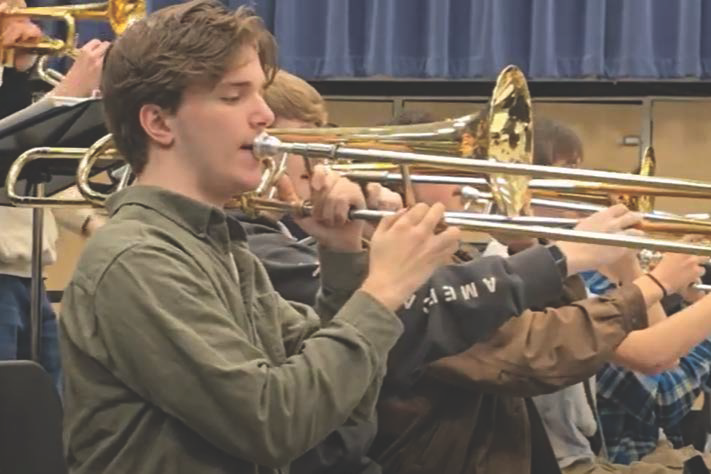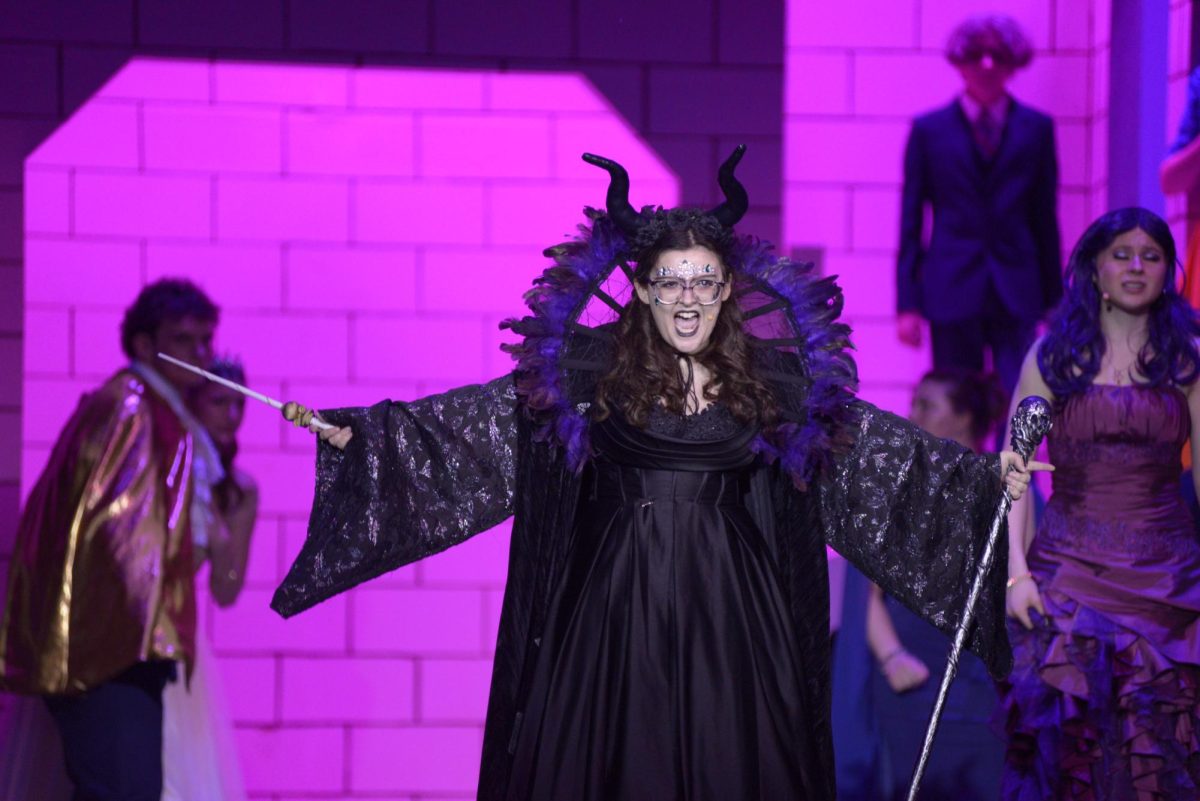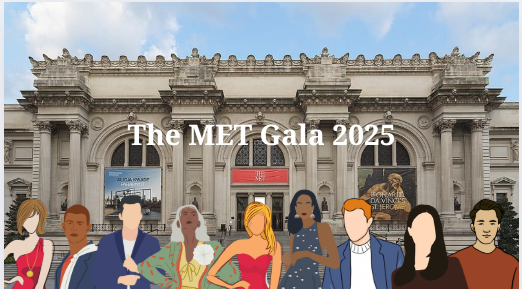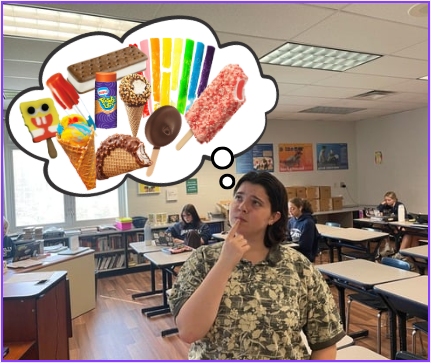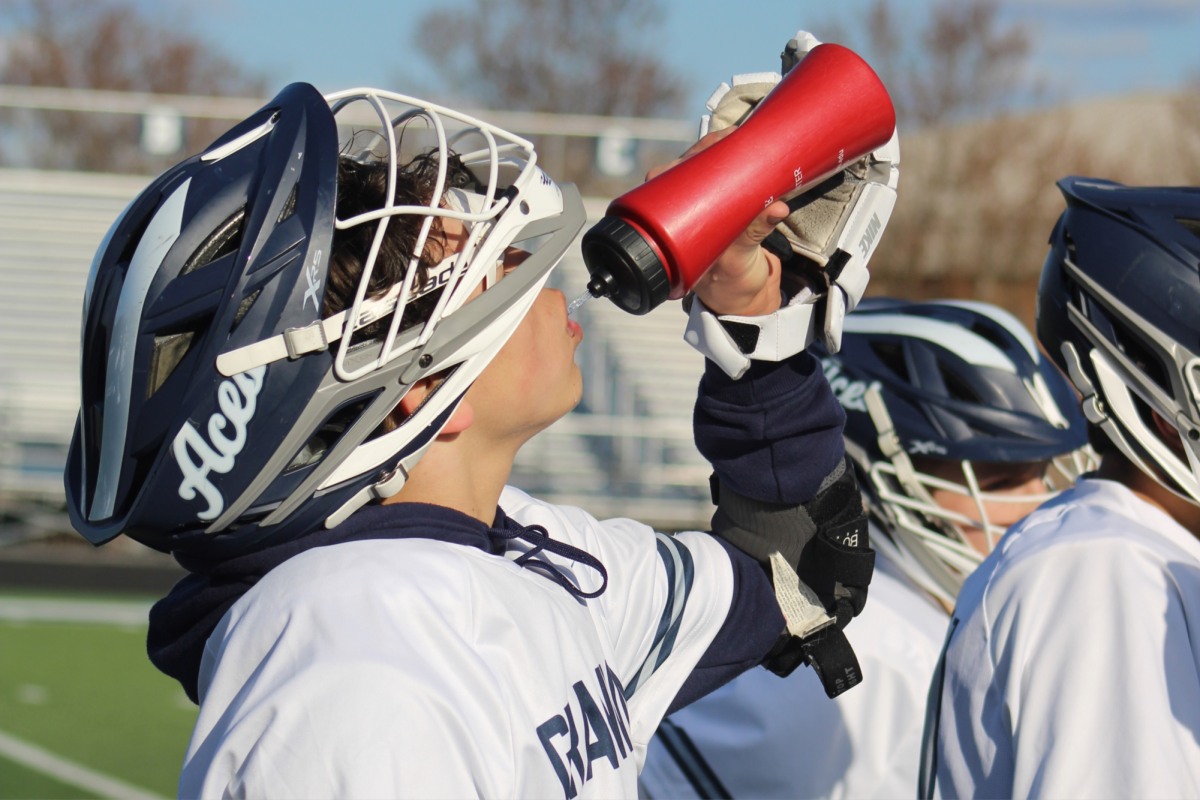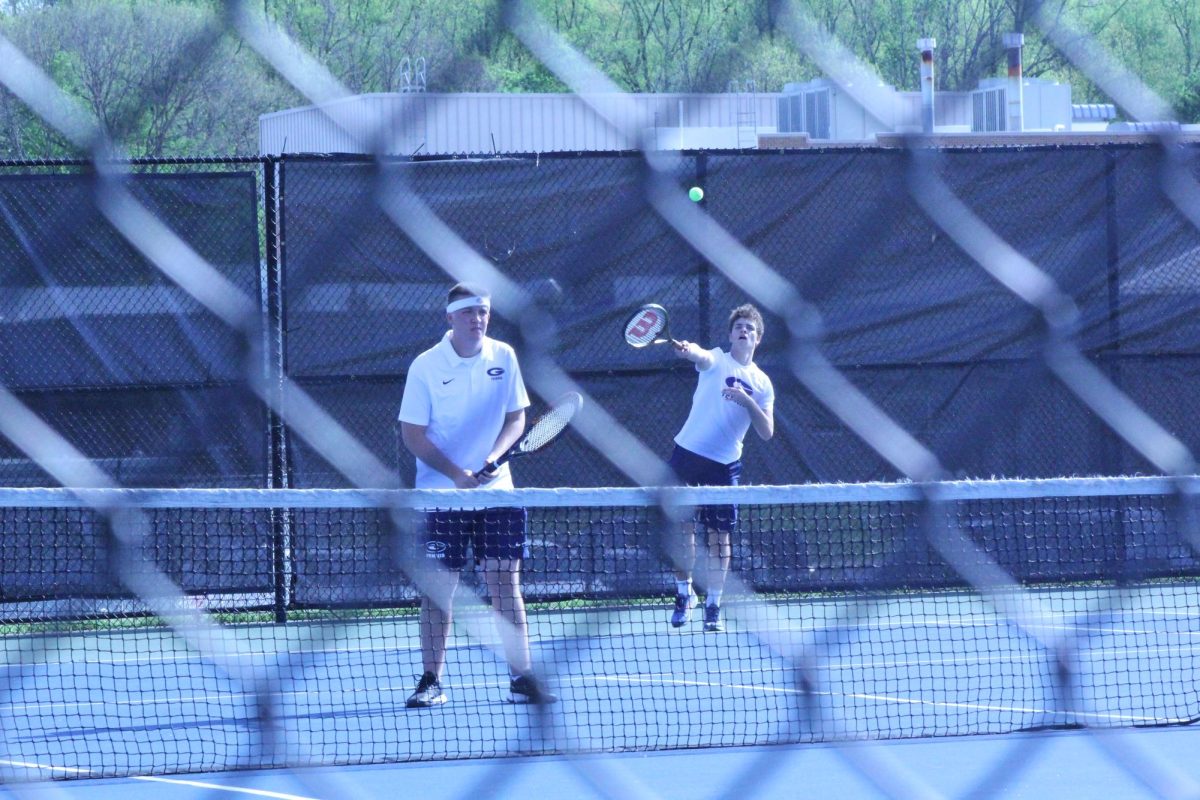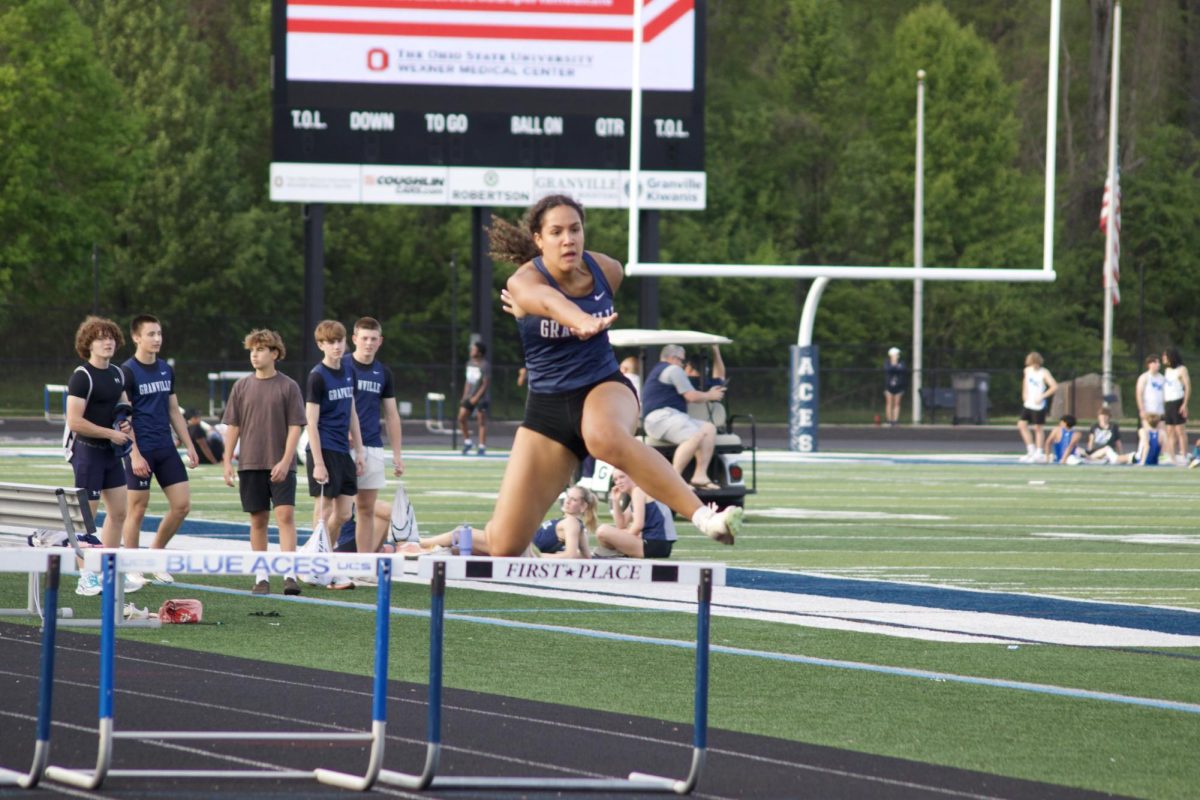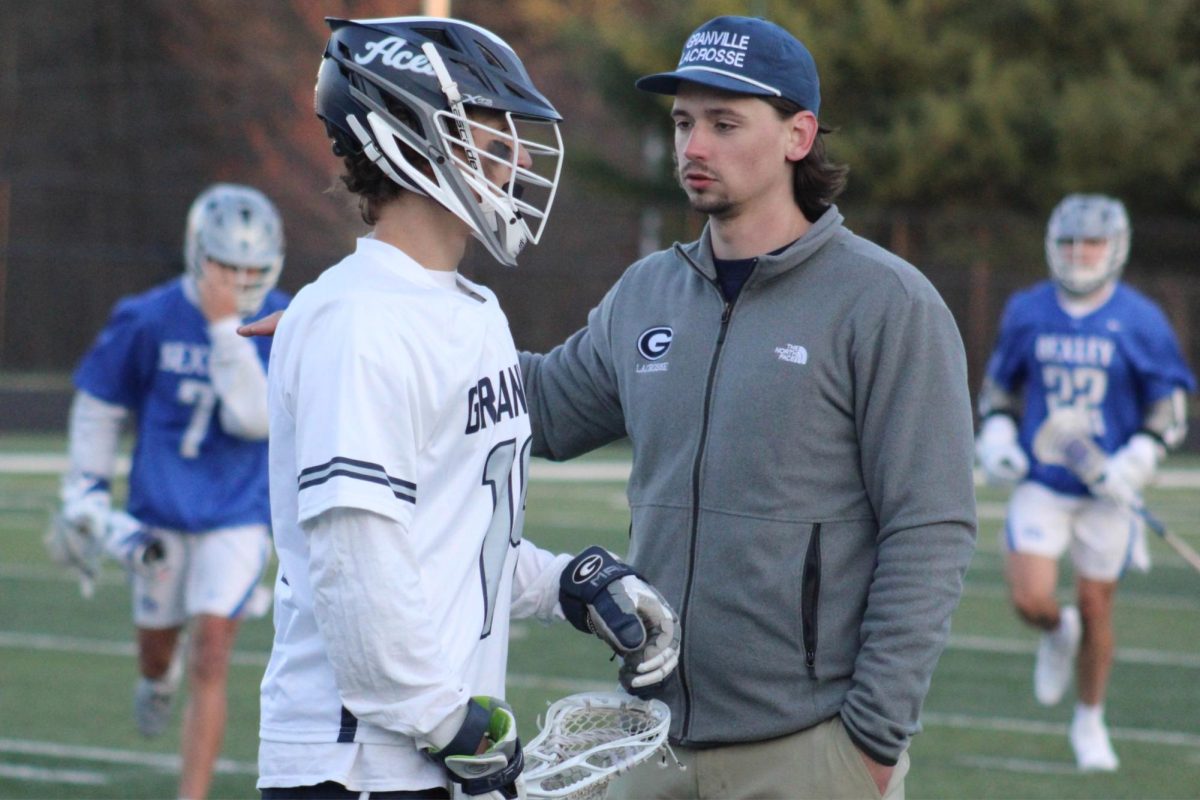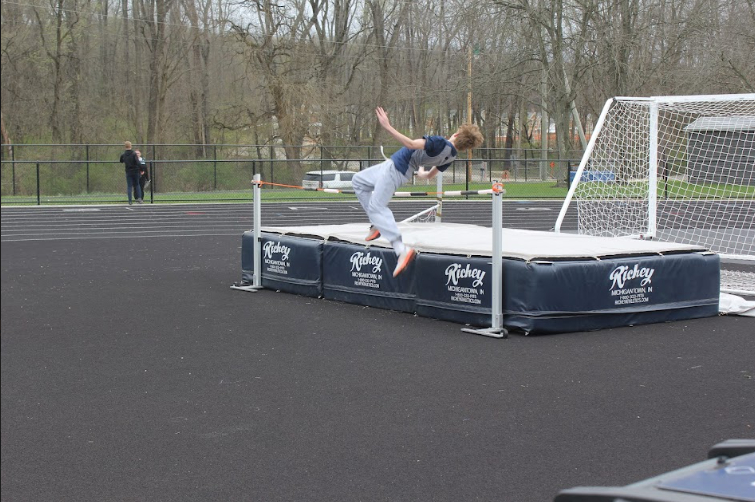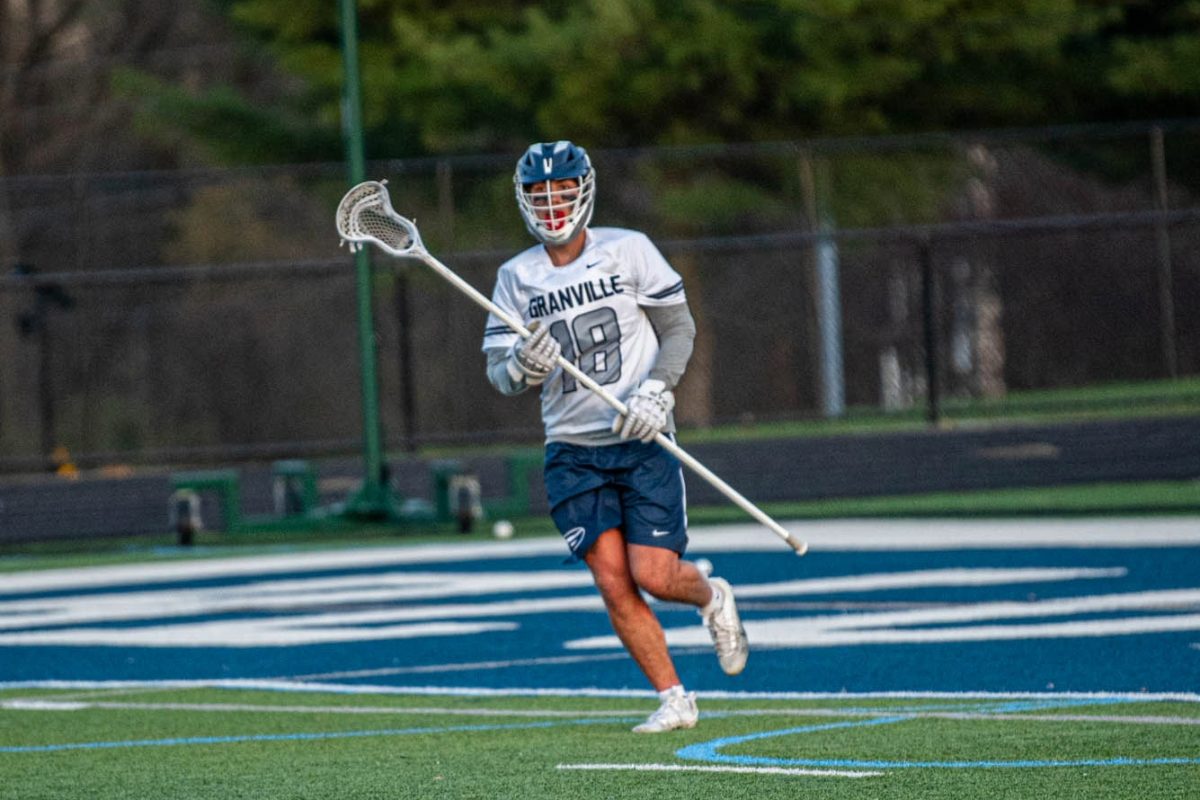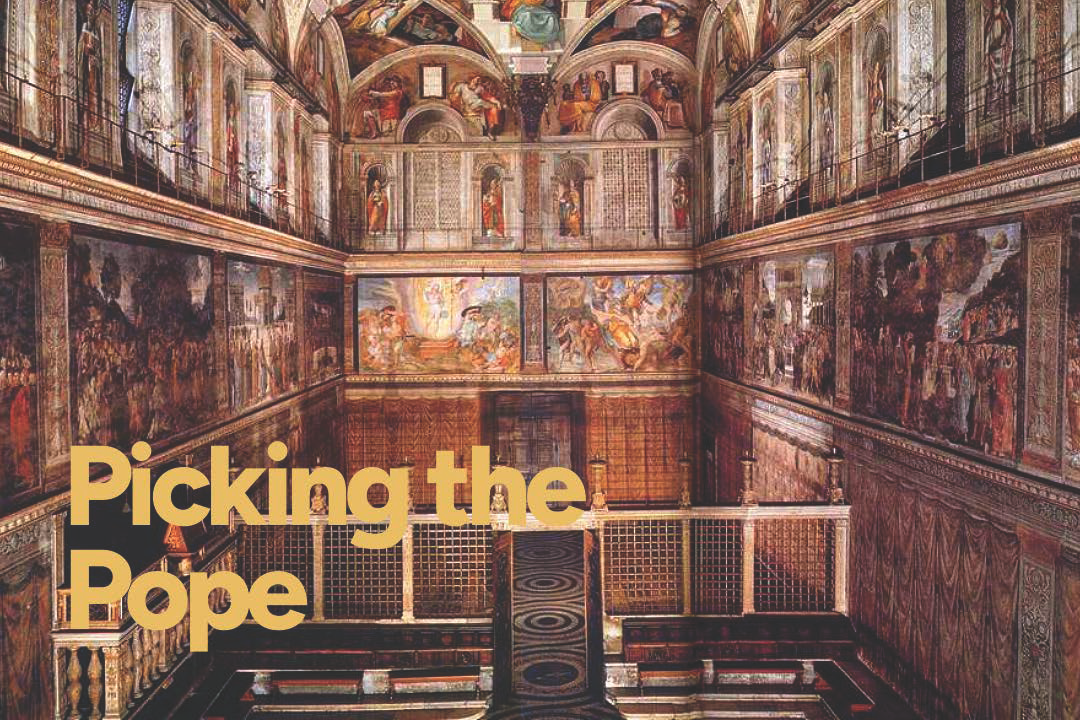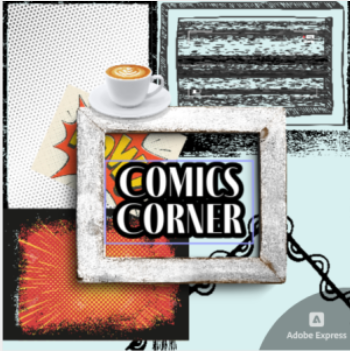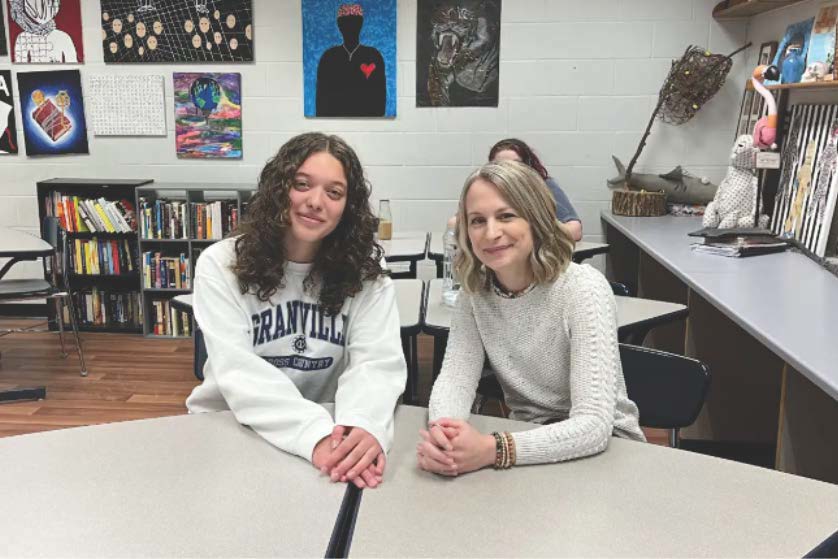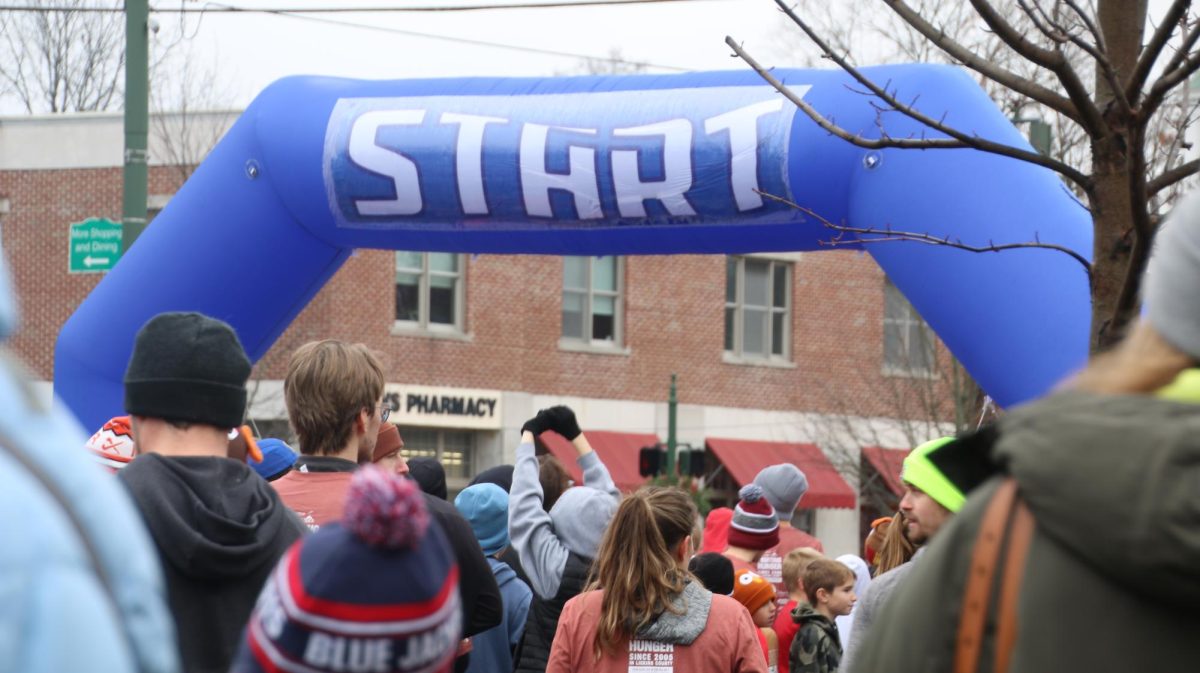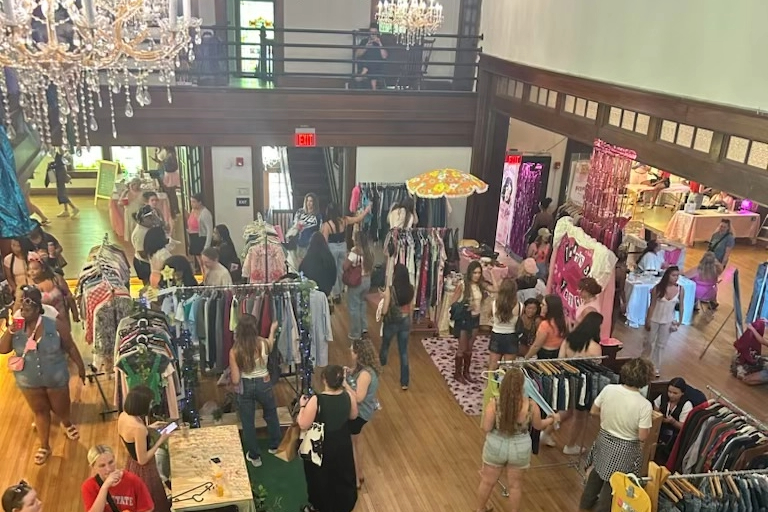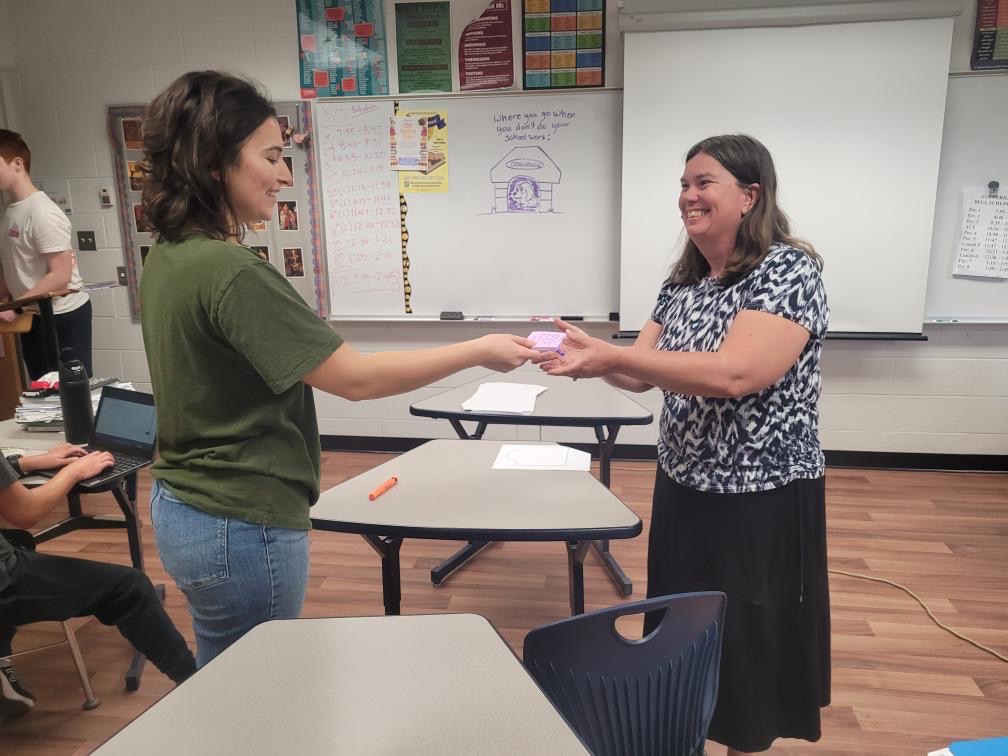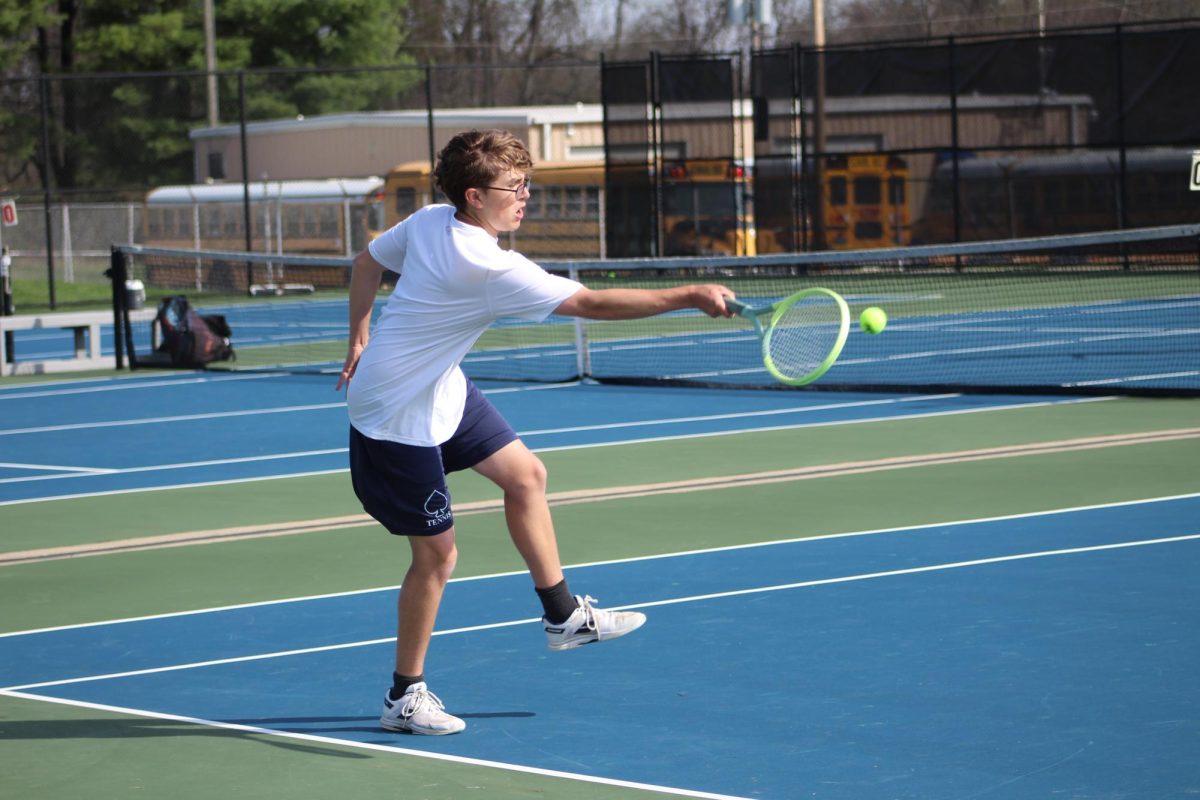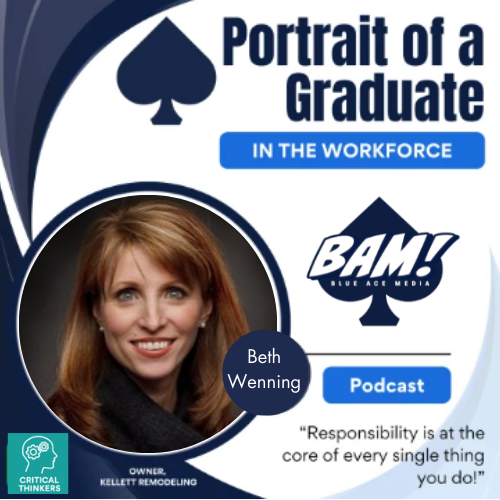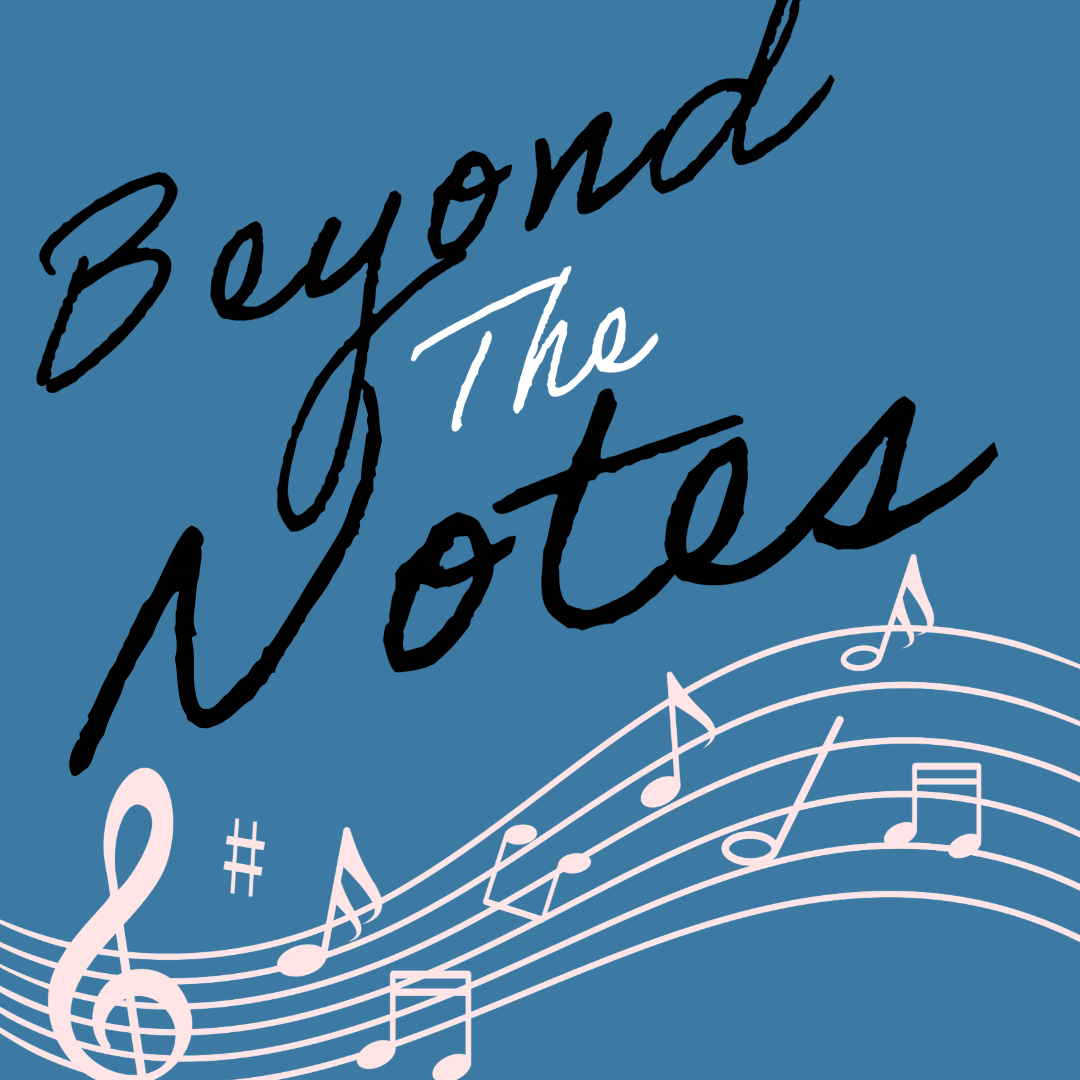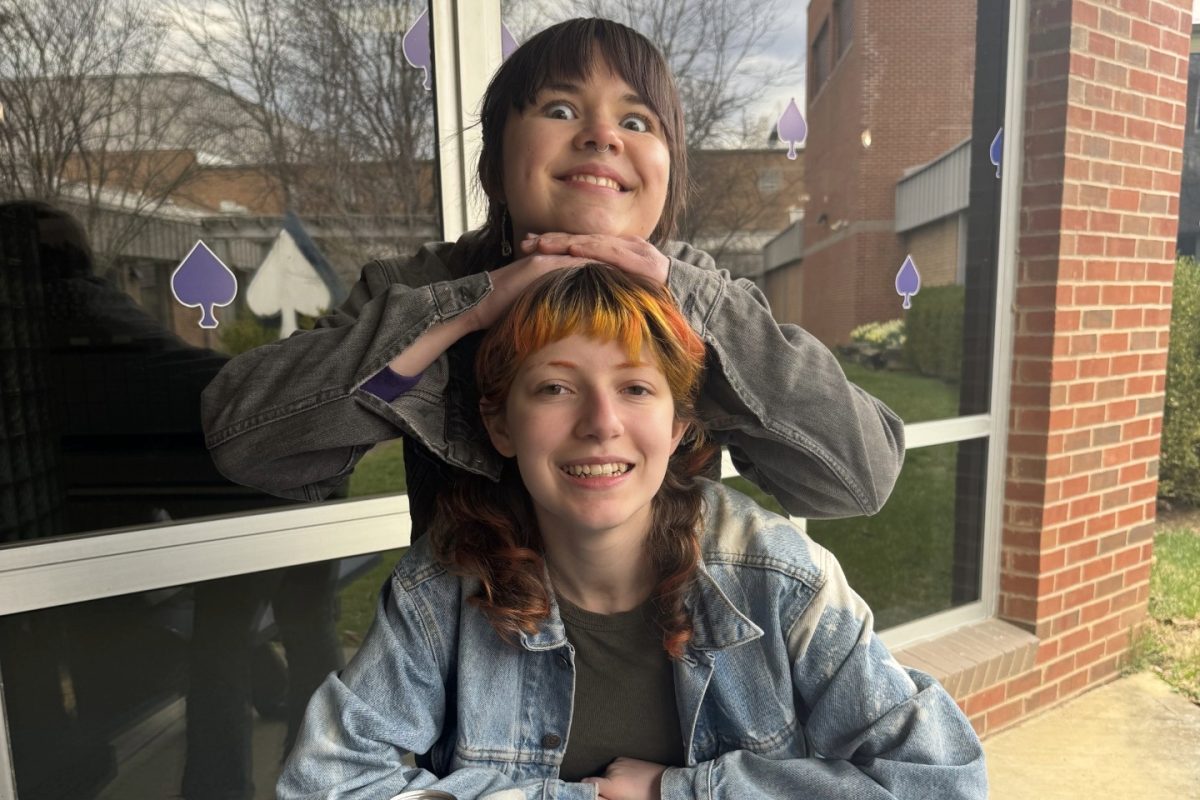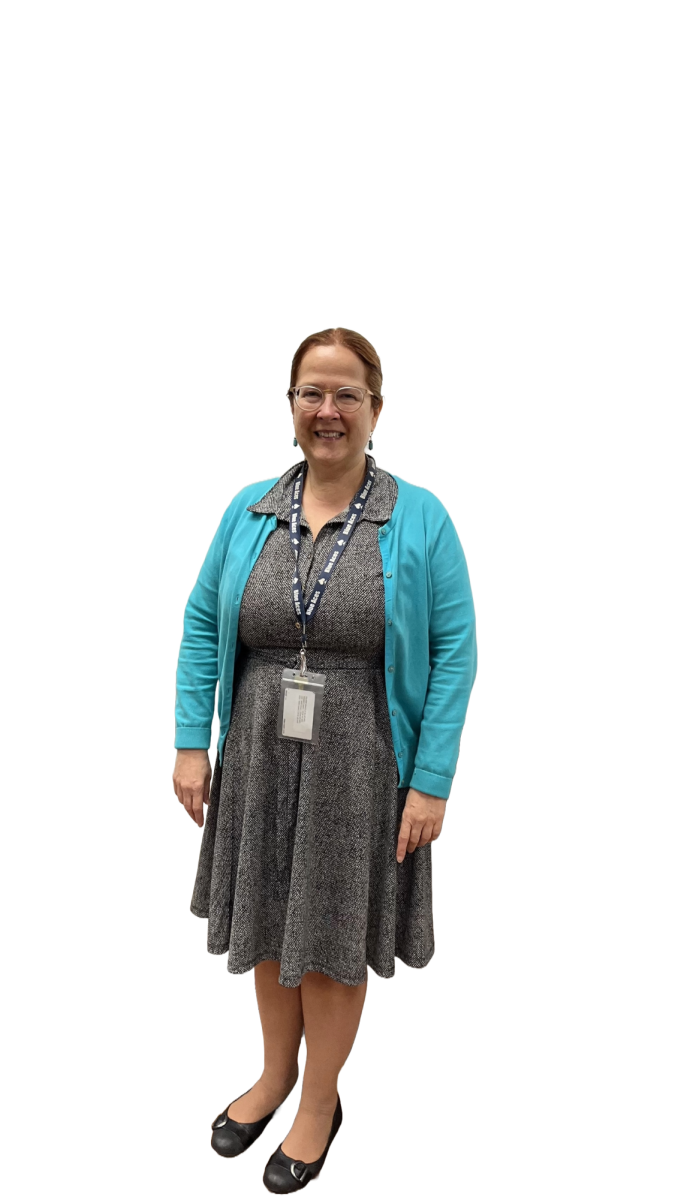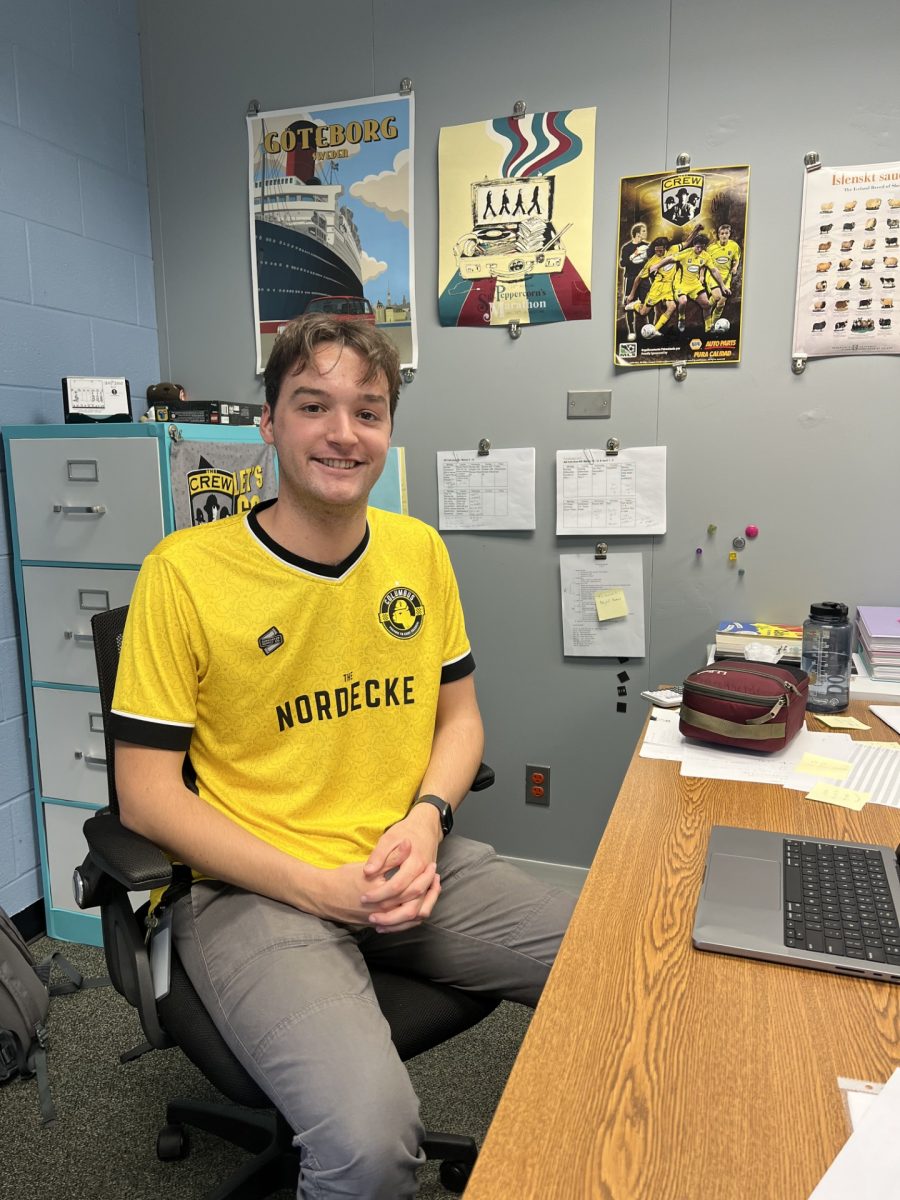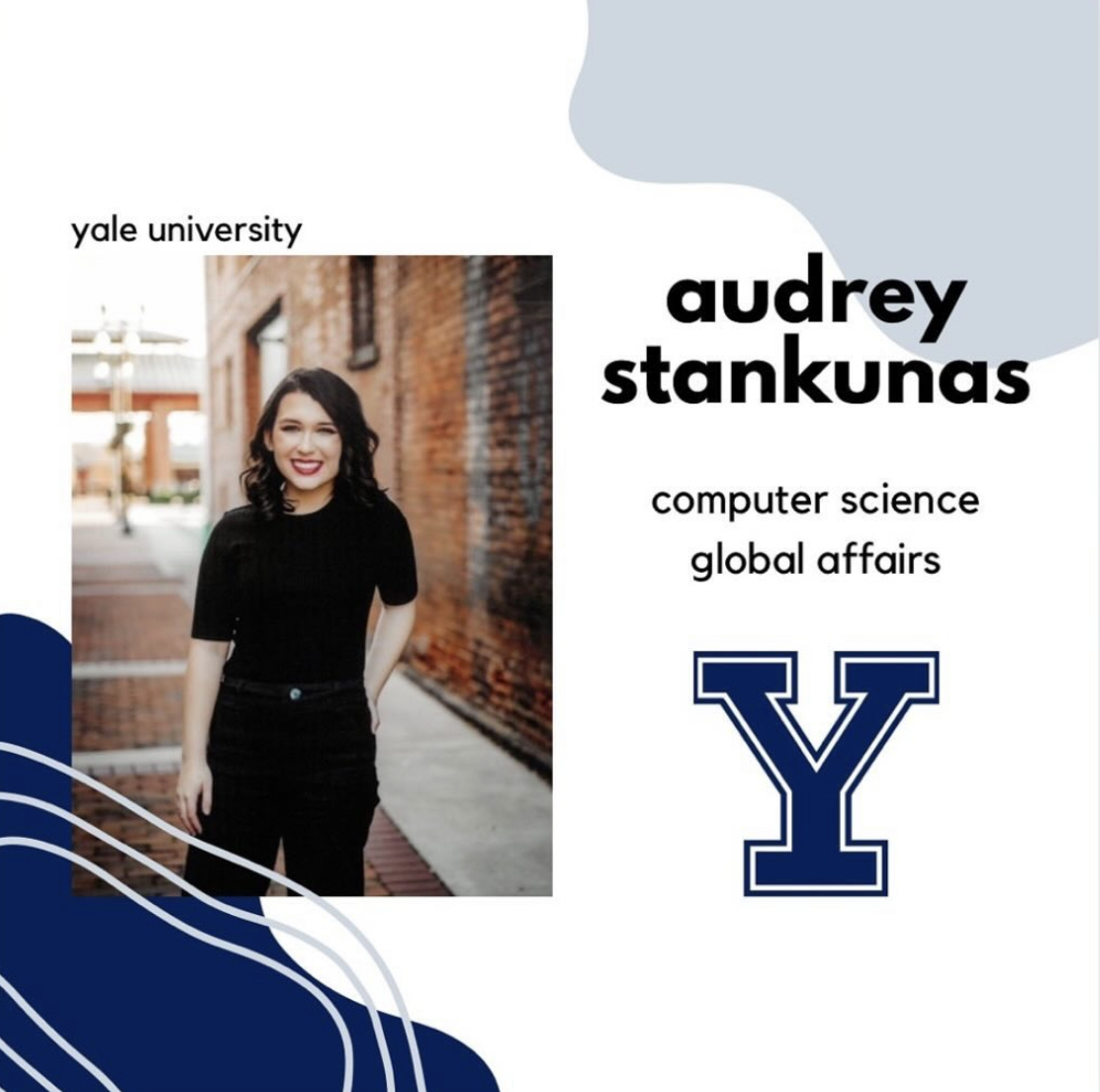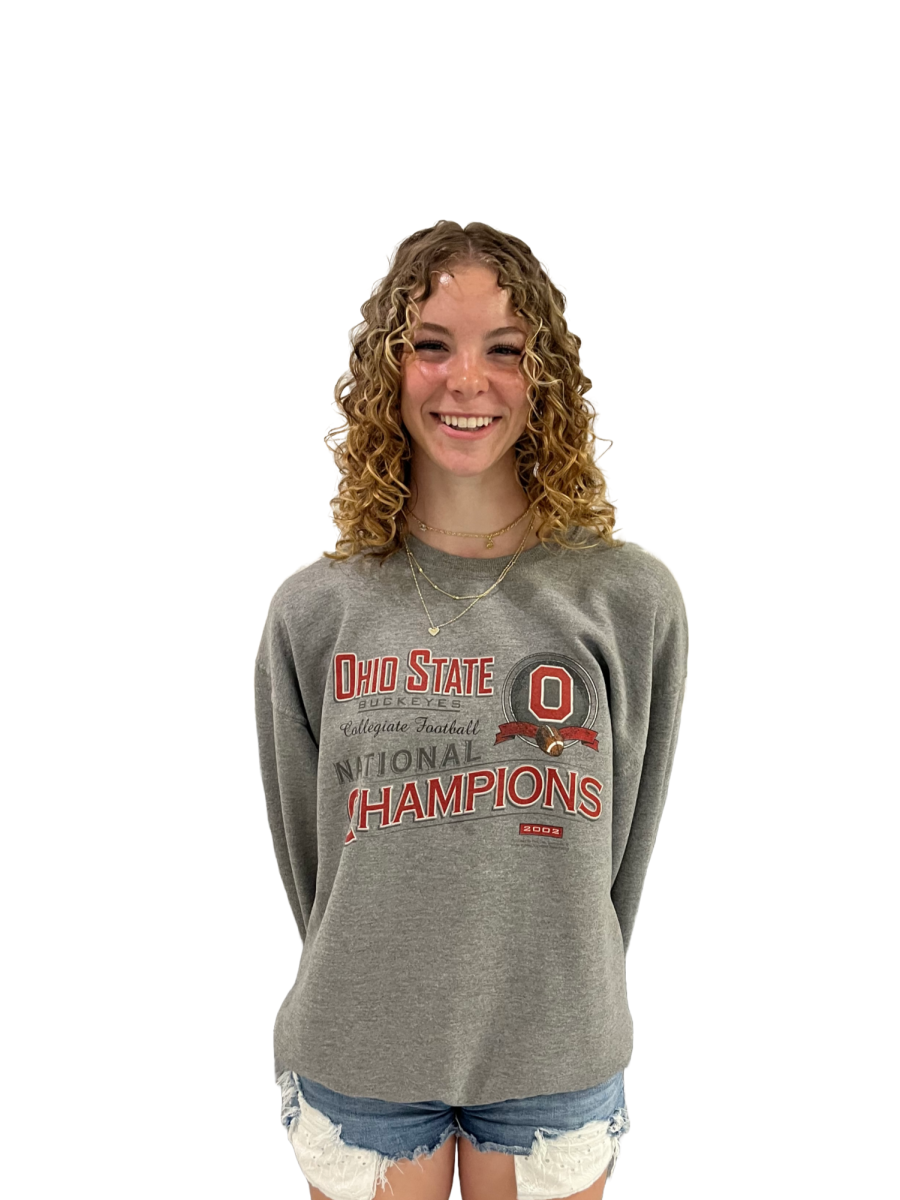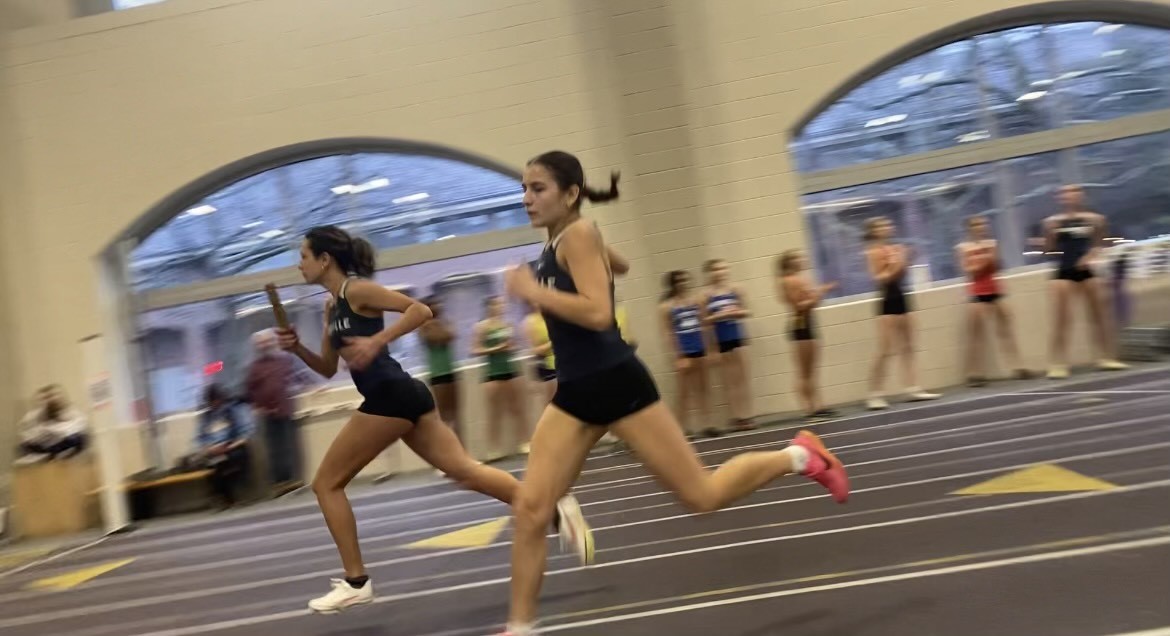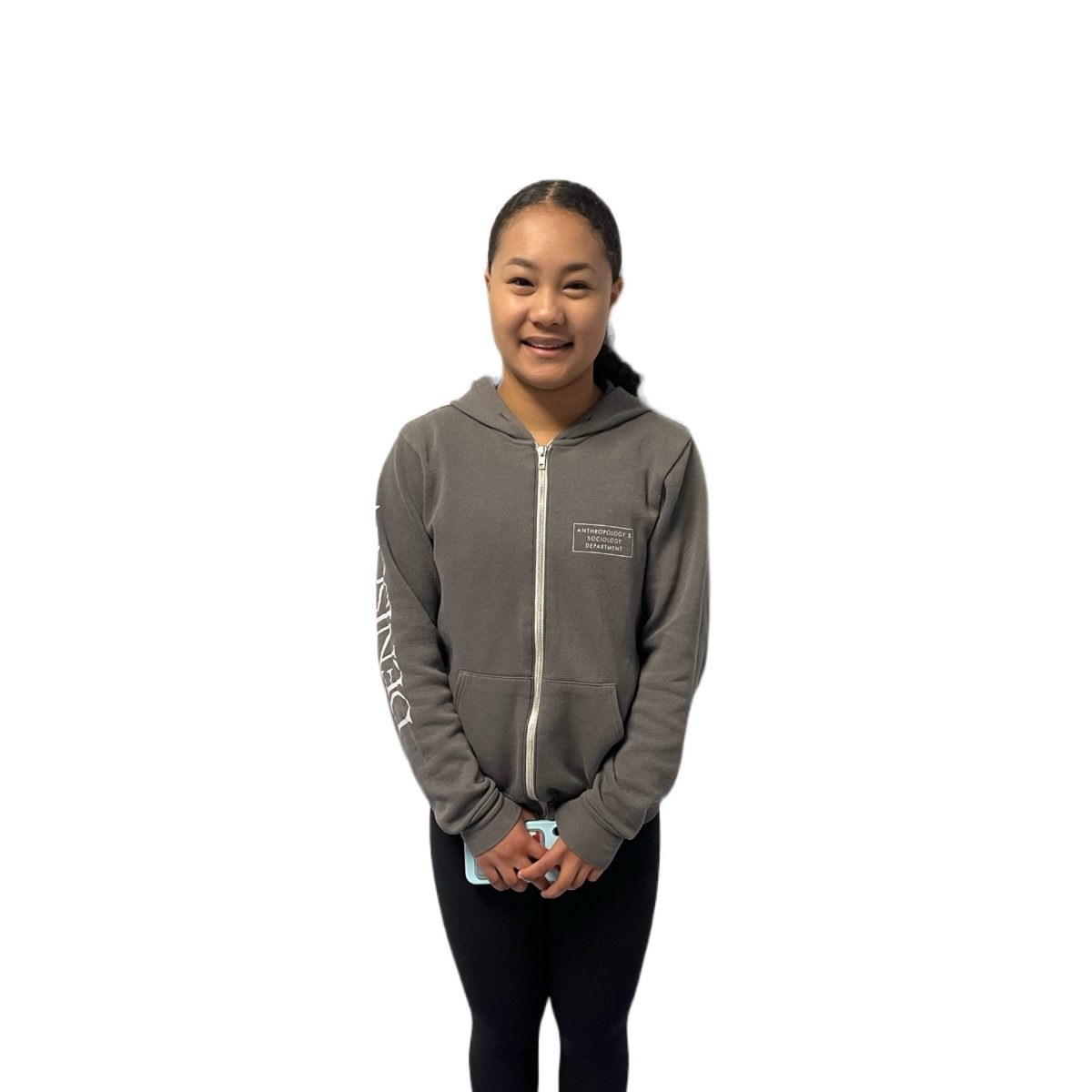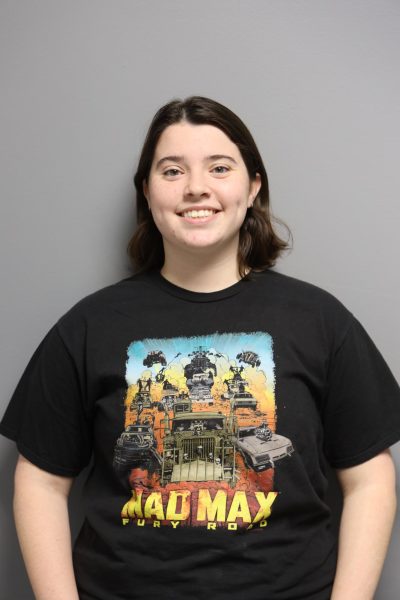Like most best friends, juniors Deli Young and Eon Walter have a relationship built around their similarities: both are artists with a distinctive sense of humor and fashion. A discussion of their friendship has no shortage of eccentric anecdotes.
How did you become friends?
DY: The agreed upon history is that Eon was friends with Sydney, and Sydney was in my core friend group. When we got to intermediate school, we were all in Mrs. G’s class.
EW: So Sydney and I were going to the peanut free table so we could sit with Deli (who is allergic to a different nut). But then we got to the table, and Deli tried to sit at the table, but a teacher was like “You have a peanut butter sandwich, you can’t sit here.” So we ended up sitting alone at the peanut free table alone, even though neither of us had a peanut allergy.
How would you describe your artistic endeavors?
DY: [I use] sometimes pencils, sometimes markers, sometimes paint. I’ve been painting a lot recently, and it is fun, and I’m getting better and just developing a distinctive style.
EW: Hello, I am talking about my crochet.
DY: I crochet, too.
EW: I made [crochet] overalls. I make clothes with the crochet stuff. I’m making a little bag; this is my art project right now. I make art because I like how the pencil goes on the paper and it feels nice, and I like it. I like crochet because it makes me an actual thing.
DY: I do like that. You get a tactile thing at the end that you can probably use. Then you go outside and people are like, “Whoa did you make that shirt?” and you’re like, “I did. Thank you for noticing.”
EW: That was always my problem with drawing, I can’t go outside holding my (art and tell people) “I’m not sure if you knew, I’m extremely talented.”
What are your artistic influences?
EW: Gandhi.
DY: Wow, that was a lie.
EW: You know who I like? Brian Boland. [His style is] like Frank Miller, but more defined Frank Miller because he did “The Killing Joke” [a Batman comic book] and that’s my favorite.
DY: I like Malcolm T. Liepke. There’s an awesome blend of very organic things and then very geometric, random brush stroke stuff. I like the textures.
EW: I like Shawn Coss. I met him, and he was cool.
What are your future plans for your art?
DY: Professional stuff. I don’t want to be confined to a traditional office space.
EW: I want to write books. I find it really satisfying to type. So I learned how to type good.
DY: Well, you started writing short stories again when you got into reading comics and then illustrating comics, and then you learned you could write your own comics.
EW: I wrote a book freshman year because I got bored. [For] the short stories I write, usually I get a prompt and then I don’t follow the prompt, but it’s enough of a jumping off point to do something. Then the book I wrote was kind of just stream of consciousness – just “I want to put things on a page.” So I would just grind away at night.
What inspires your fashion?
EW: Thrift store.
DY: My sense of style evolves with my music taste. You know how subcultures work, where it’s a blend of visual style and then also music, and then also personal views. Not all of them necessarily exist anymore because some of the music I listen to is really old. So I listen to new kinds of music and then I get new pieces of clothing that match the music. Then I get focused on that music and then I drift into a middle space, which is where I am right now.
What are your best memories together?
DY: Michigan!
EW: Yeah, we went to Michigan together . . .
DY: The summer after seventh grade.
EW: . . . because I have a cabin up in Michigan.
DY: [We went] for a week.
EW: Because we were in a little COVID bubble. I remember [Deli] eating Oreos.
DY: I remember we went swimming in a lake, and then you got a parasite.
EW: I remember we did a little photo shoot.
EW: We went to the Lemon Twigs together.
DY: And then we got to meet them and take pictures.
What do you think you’ll go to college for?
DY: Something art-related definitely. I’ve been thinking about fashion more recently.
EW: Well, I’m definitely going down the writing academic path.
DY: She changes her answer once a week.
EW: I do because I like having an answer, because people don’t like it when you say undecided, because they’re like, “Oh, but what are your interests?” It’s like a question they’re trying to solve. And I hate when people try to do that.
DY: I don’t need to know, you are just curious. I’m not.
Eon, what was your time at Interlochen Center for the Arts like?
EW: It was good. Grey [Smith] was actually there. I did a comics program. It was an intensive, so we worked very hard; it was 12-hour days. I’ve heard the two, three week ones are better, but they’re also $7000. That was supposed to be a hyperbole. That’s actually the amount they are. That’s horrible. Oh my [gosh], that’s so much money.
DY: You made me a duck fashion show [at Interlochen]!
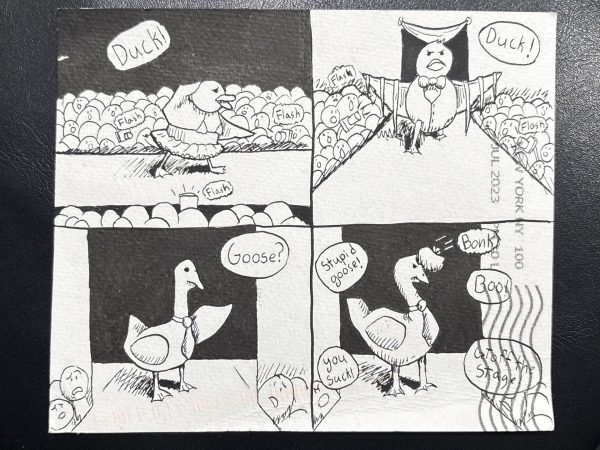
Eon Walter produced a ‘duck fashion show’ during her time at the elite Interlochen Center for the Arts.
EW: I made a little comic for Deli and then shipped it to her and never told her.
DY: I didn’t know. My dad was like, “Mail for you, I don’t know what it is though.” And I was like, “IT’S A DUCK FASHION SHOW!”
EW: We just drew. I made one four-page comic over the week, and it’s fully rendered, fully finished, so it took forever. It’s about yogurt.
Deli, tell me about entering art contests.
DY: They’re annoying and I actually hate entering the contests. I feel like it’s so pretentious. The people [with] both of their parents in the industry, basically a Nepo baby, but they still want to go to art school or whatever. It’s that kind of vibe. I know they’re not all like that because I’ve had some friends get into shows and win scholarships where I know they’re not coming from places where they are very supported. That’s cool there’s opportunities for that. I don’t like it that much. I don’t really like galleries either. I’ve been to galleries, and the people that are there are old and have money to spend on art, you know? It’s not artists supporting other artists; it’s random rich people.
EW: . . . supporting artists.
DY: It’s always like this, no matter how far up you go. [I enter] to win scholarship opportunities really. It looks good on applications, and you can connect with important people. Art competitions aren’t that bad in terms of galleries and the things that I’m opposed to, but in concept it just feels like a student level art gallery.
Future plans?
DY: I’m going to another pre-college program this summer at MICA. Maryland Institute College Art? I don’t know what it stands for. I’m going for, I believe it is Textile and Fashion Design 101 or Intro to Textile and Fashion.
EW: I’m also going to a summer college program at Kenyon. I got accepted into their young writers program. I just had a really good pitch.


